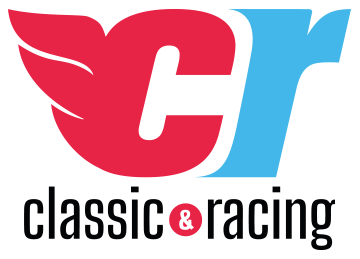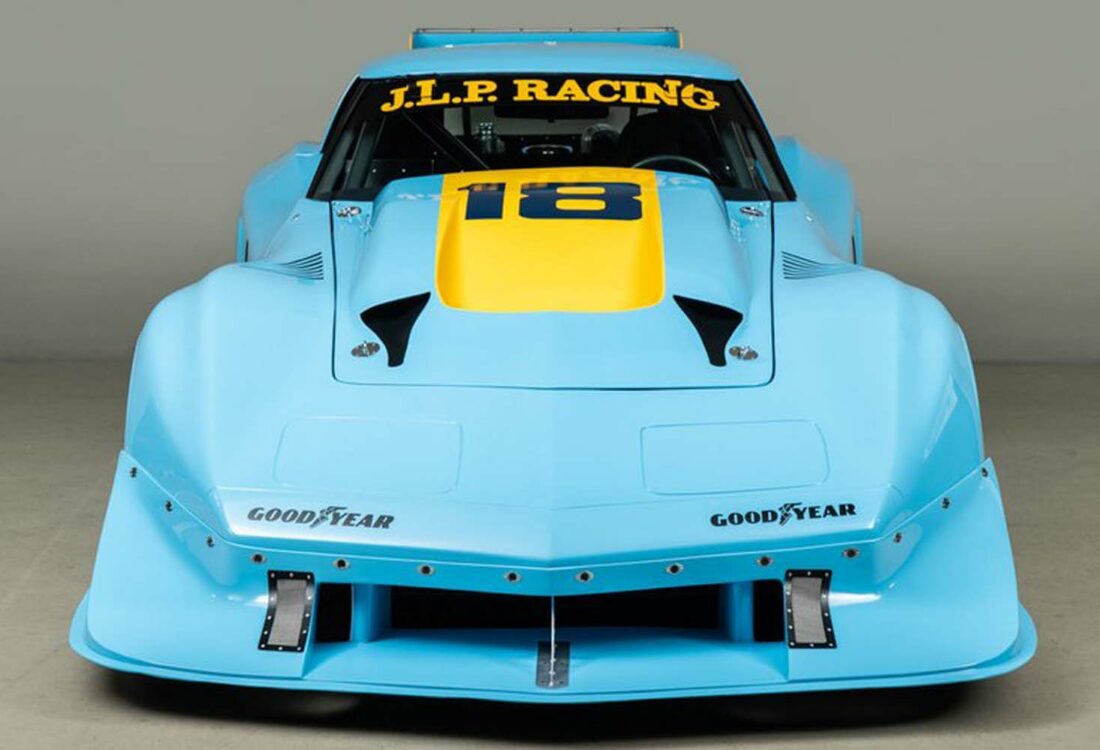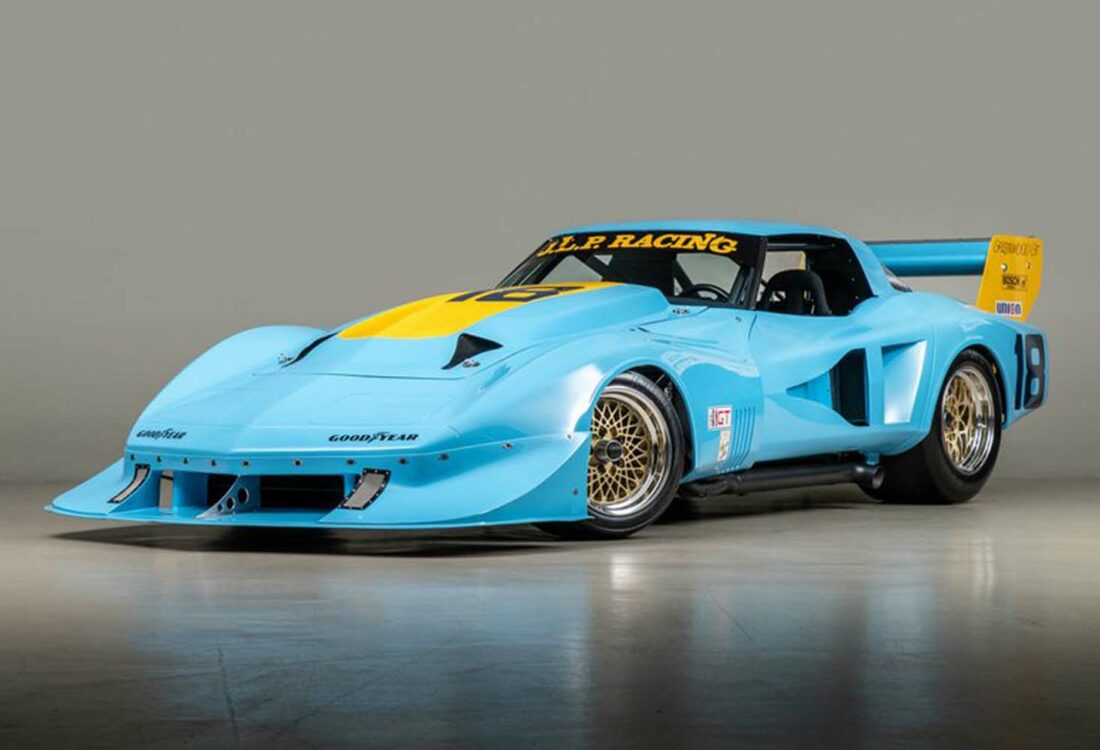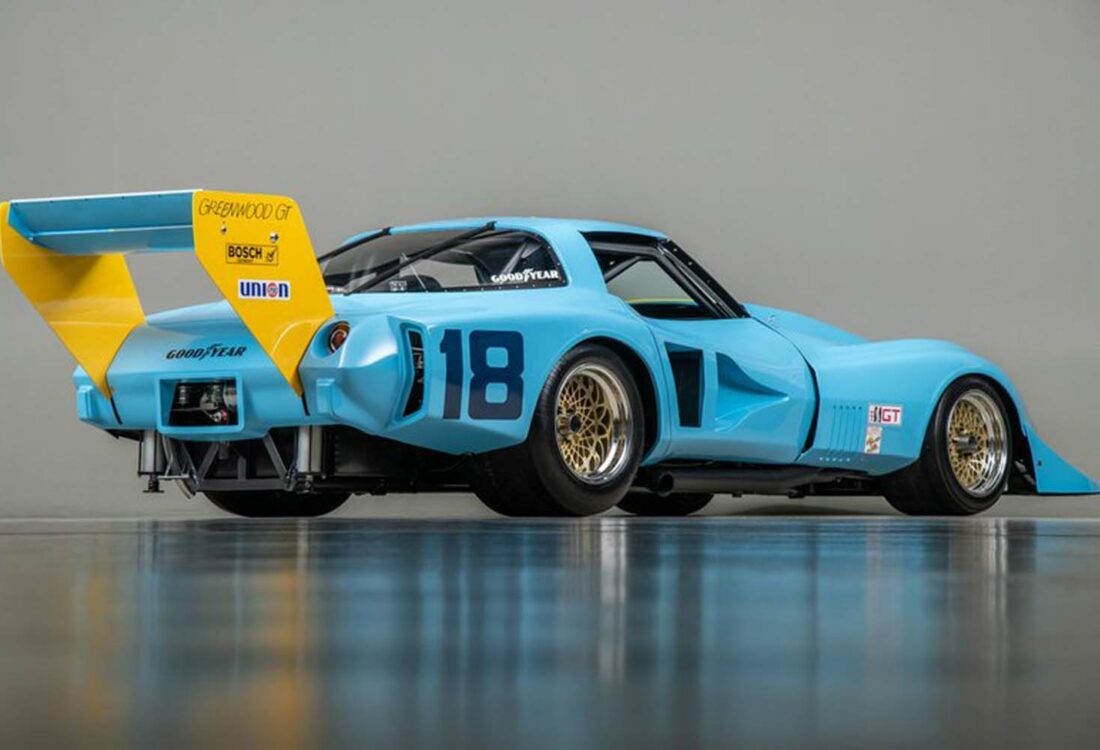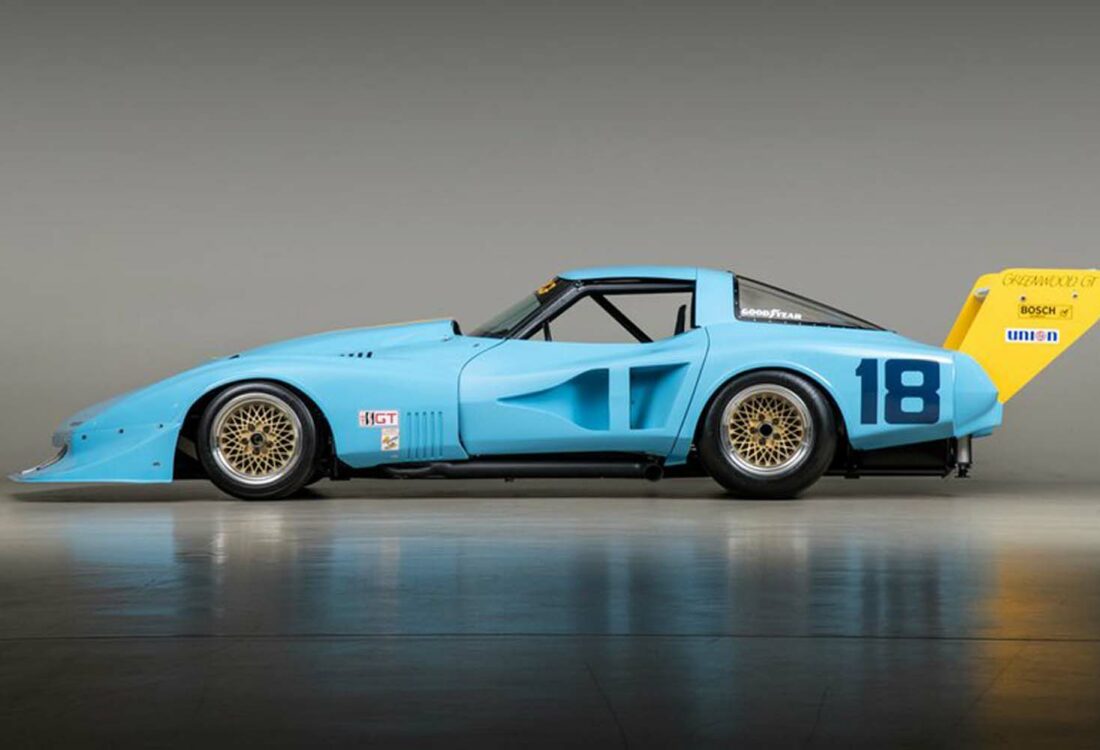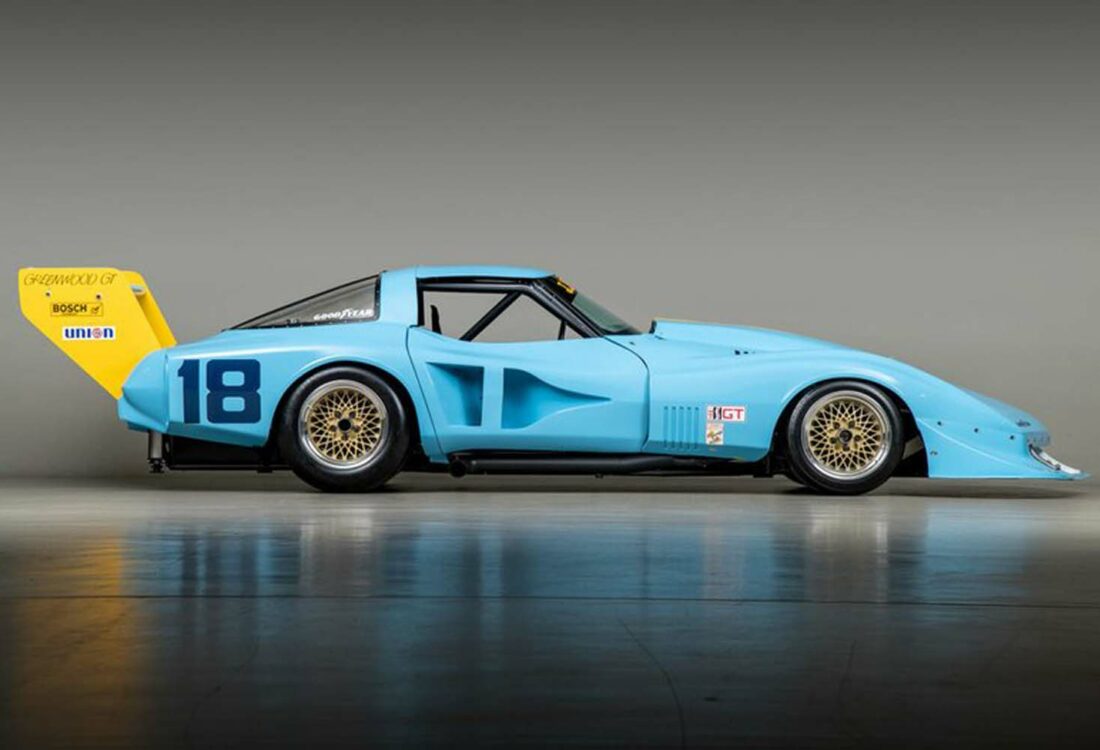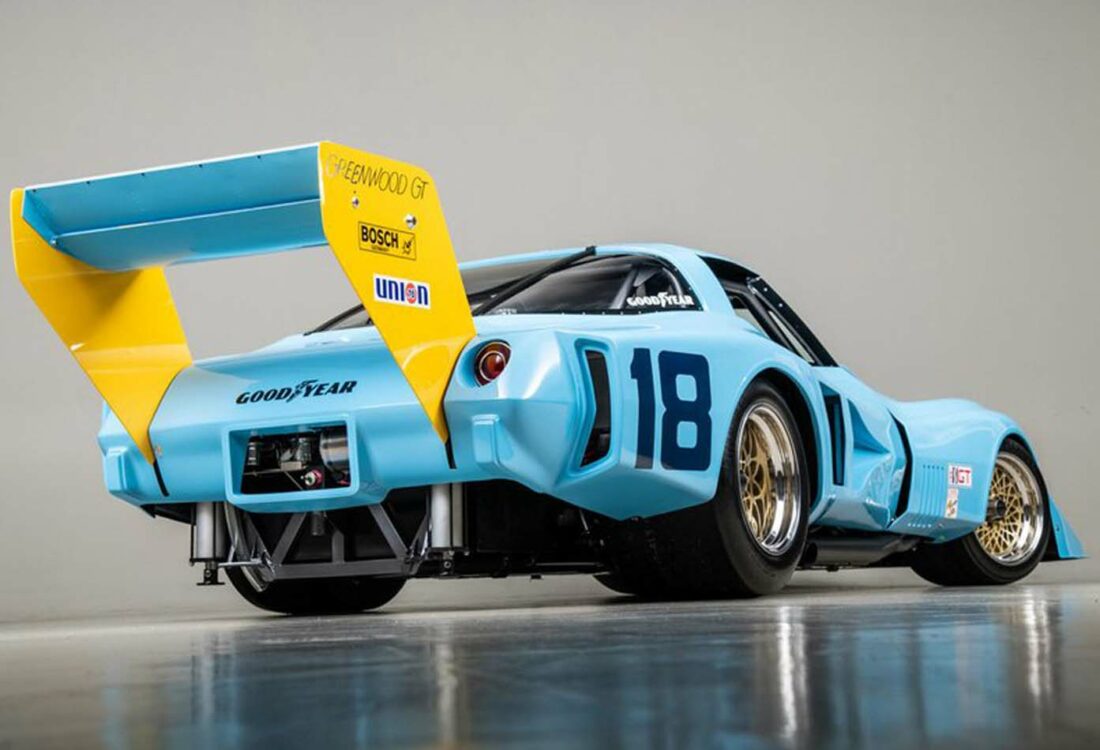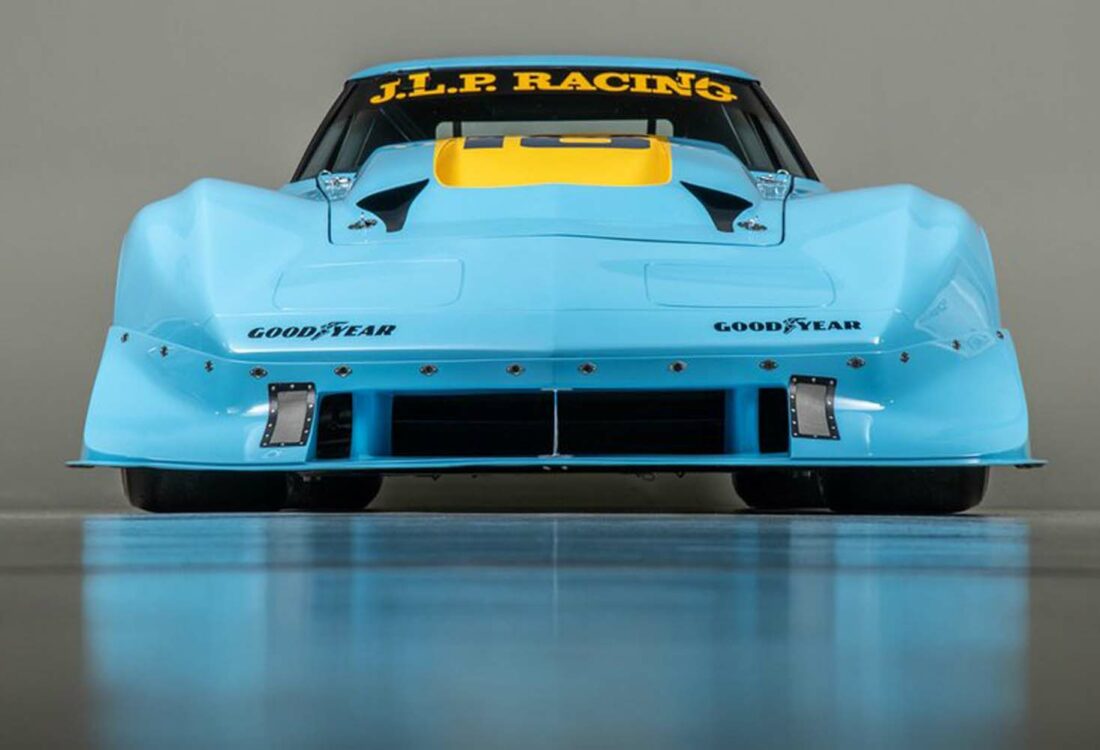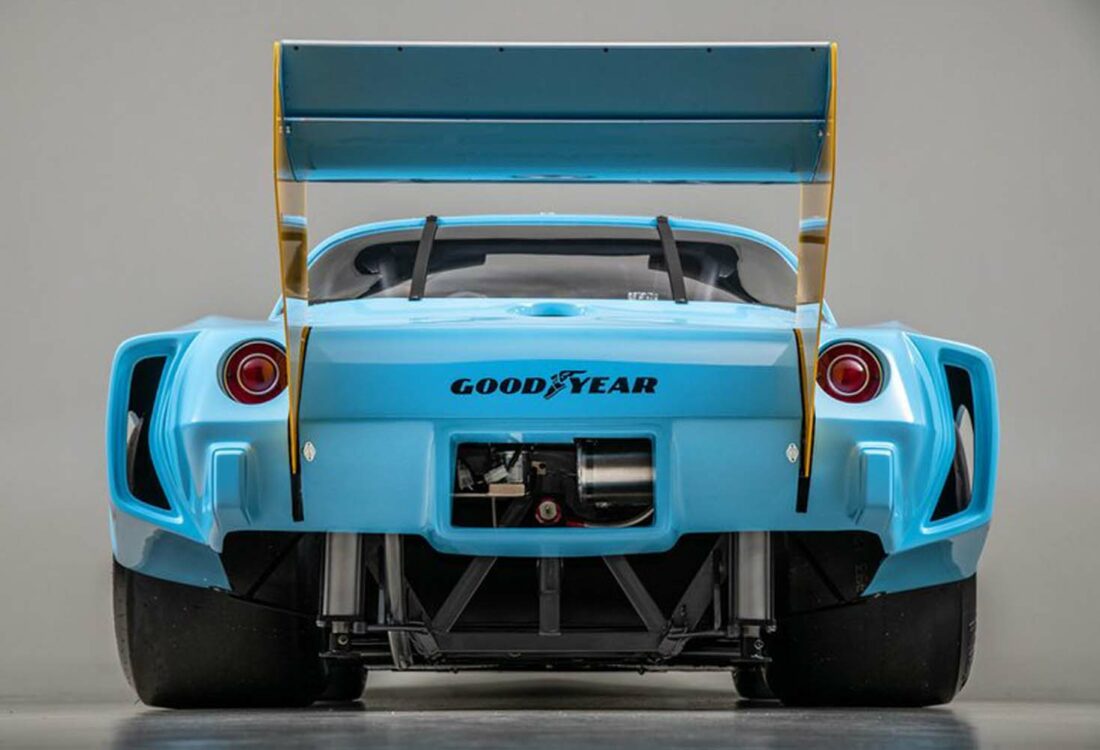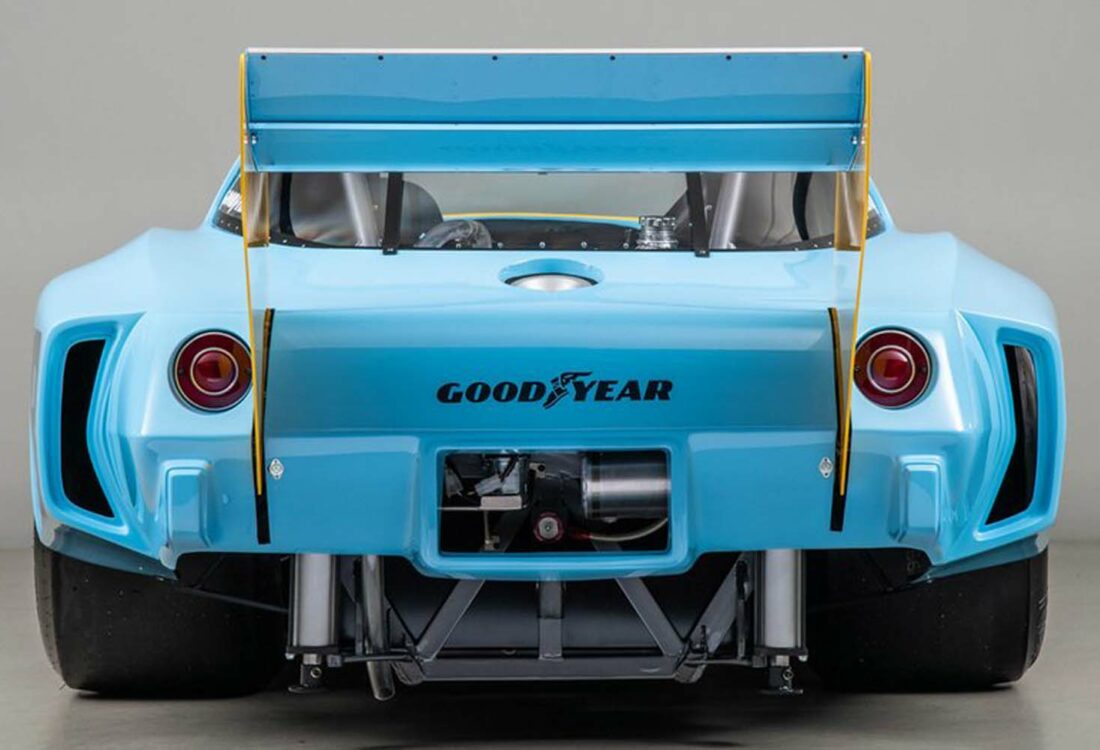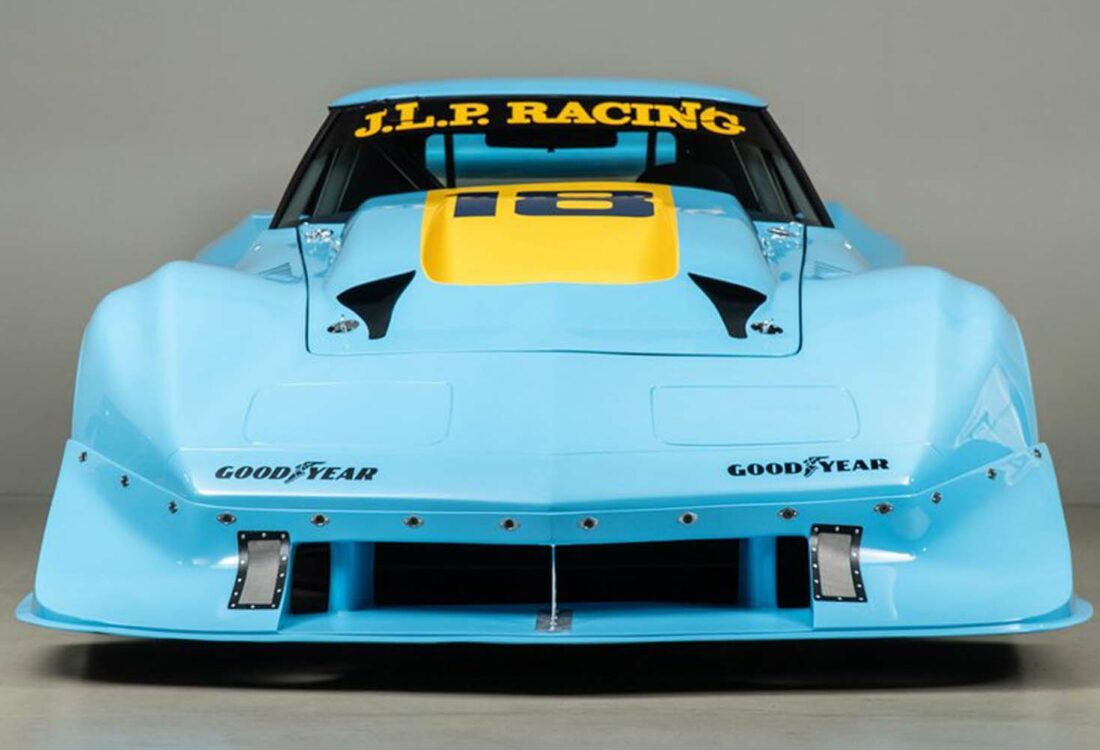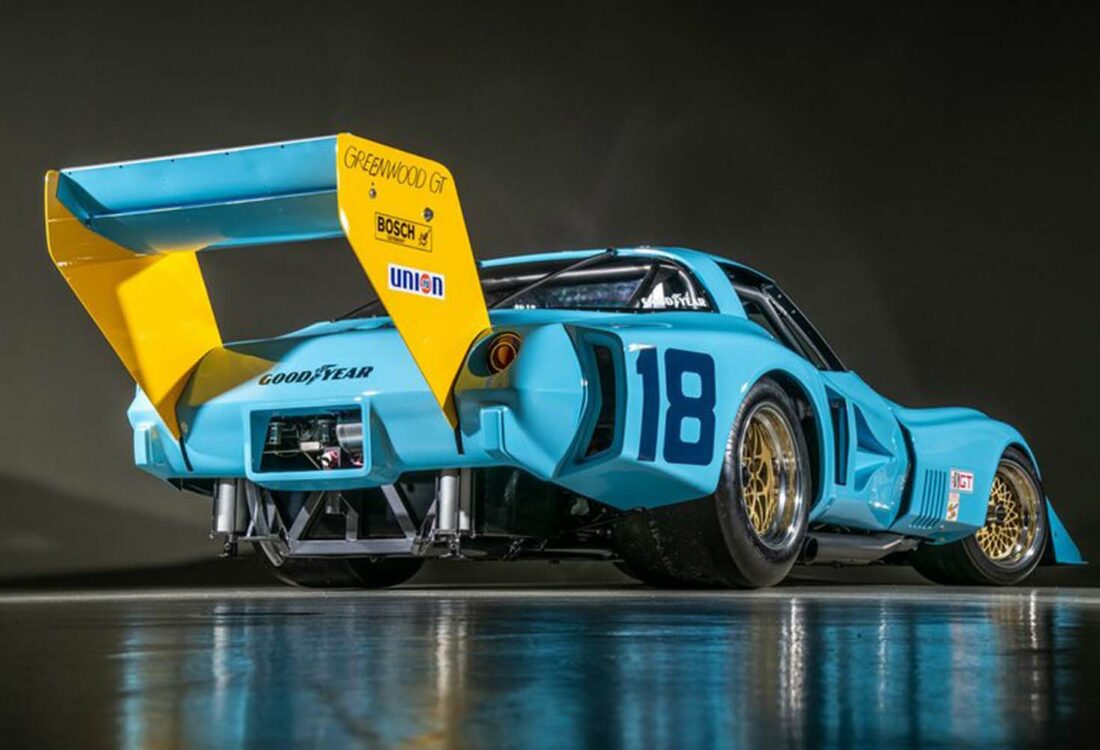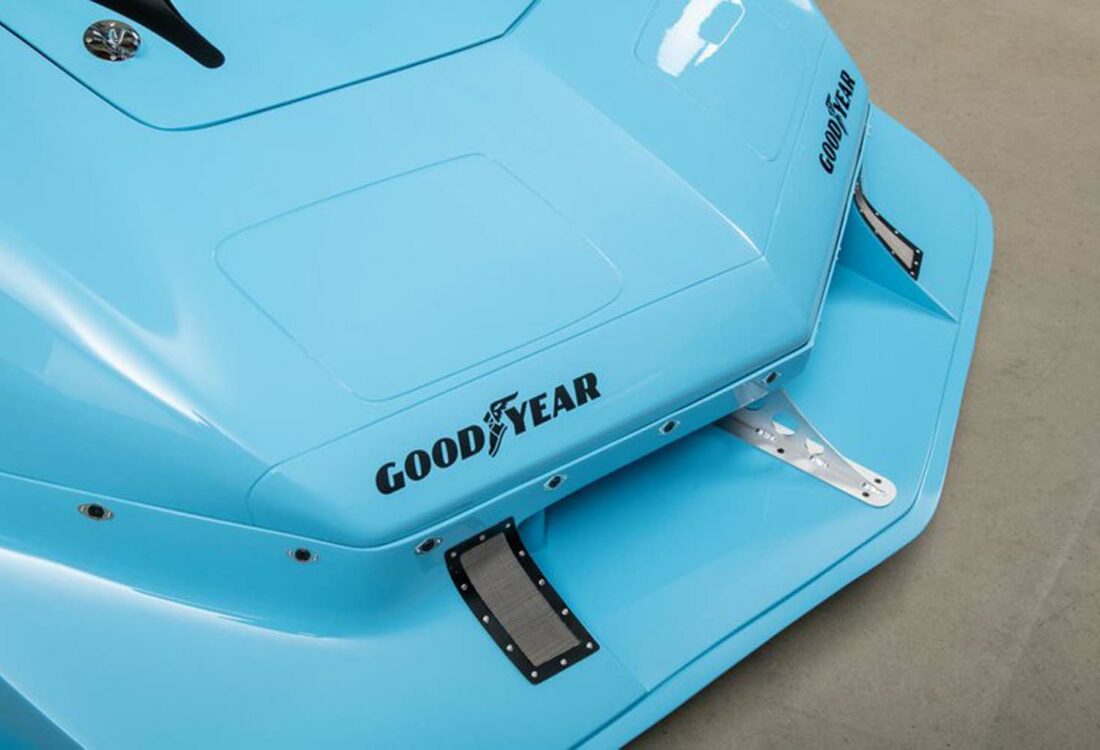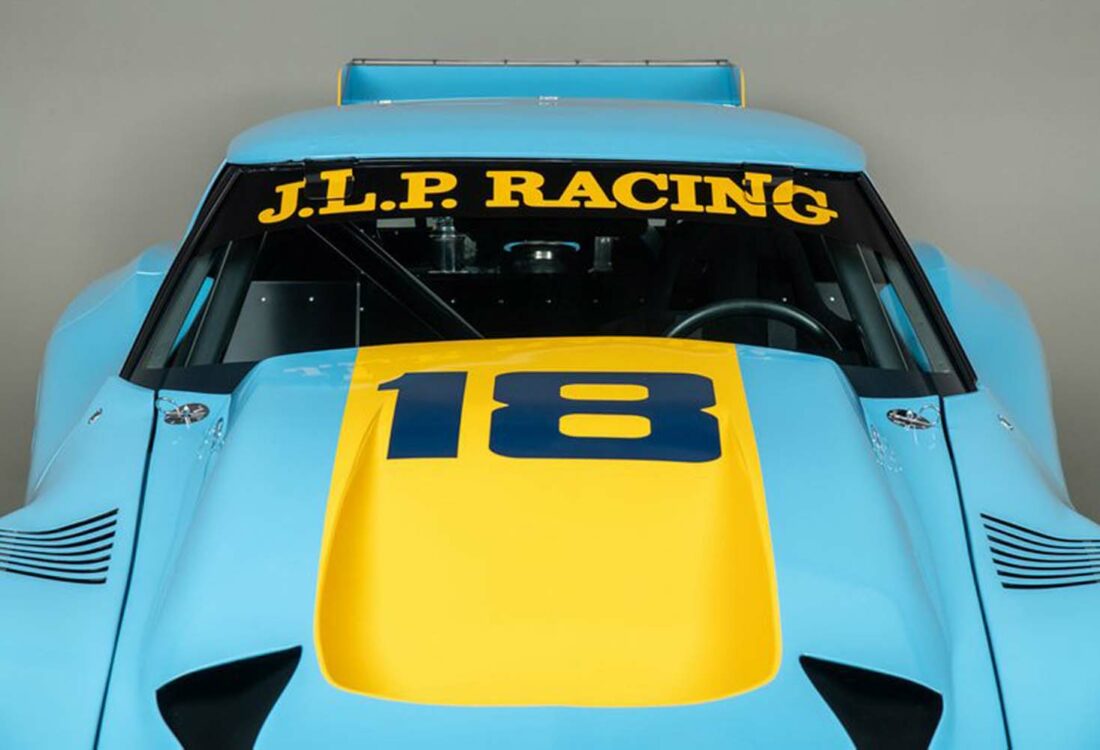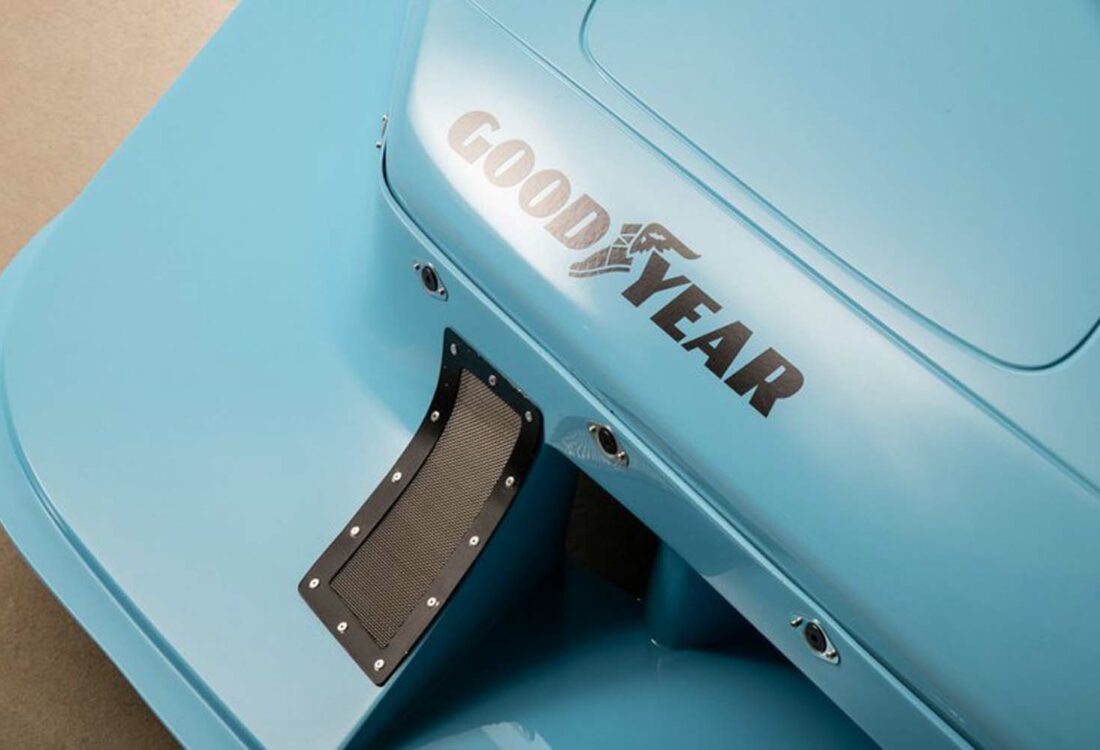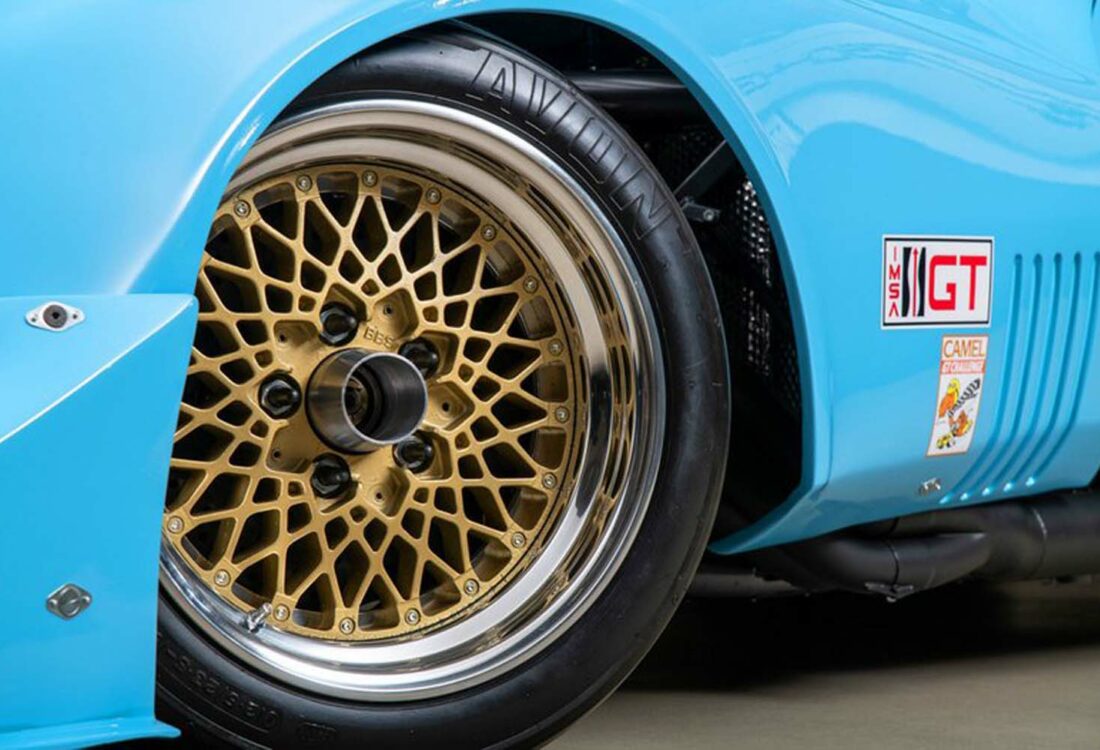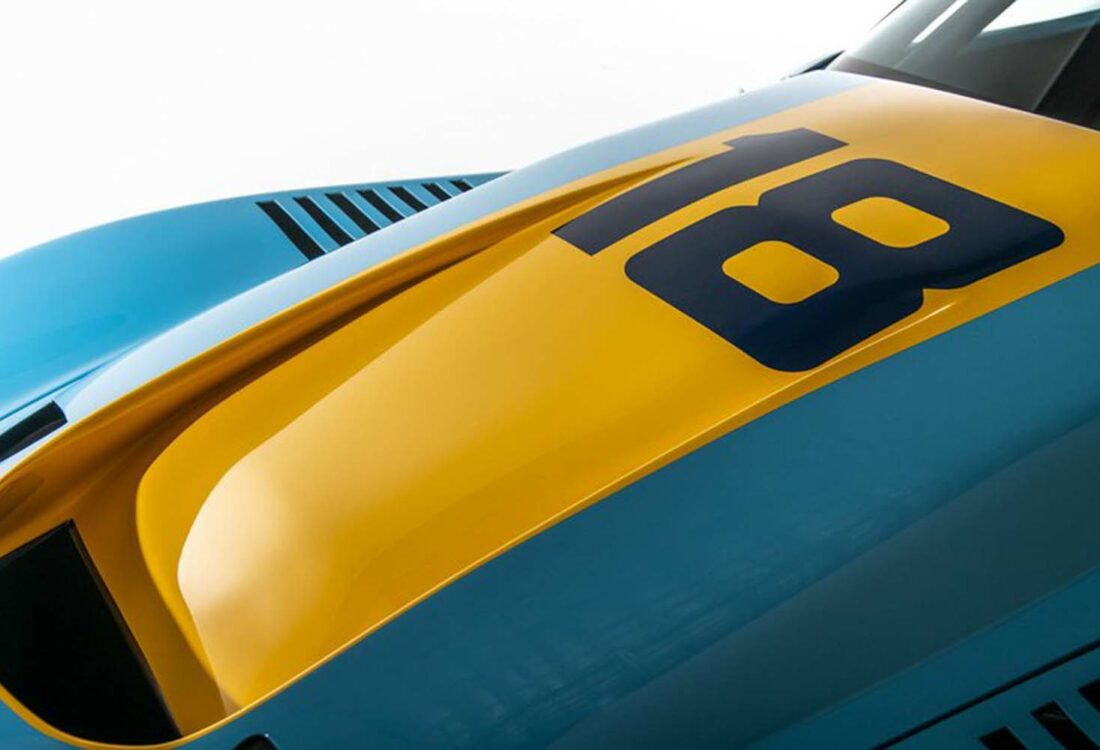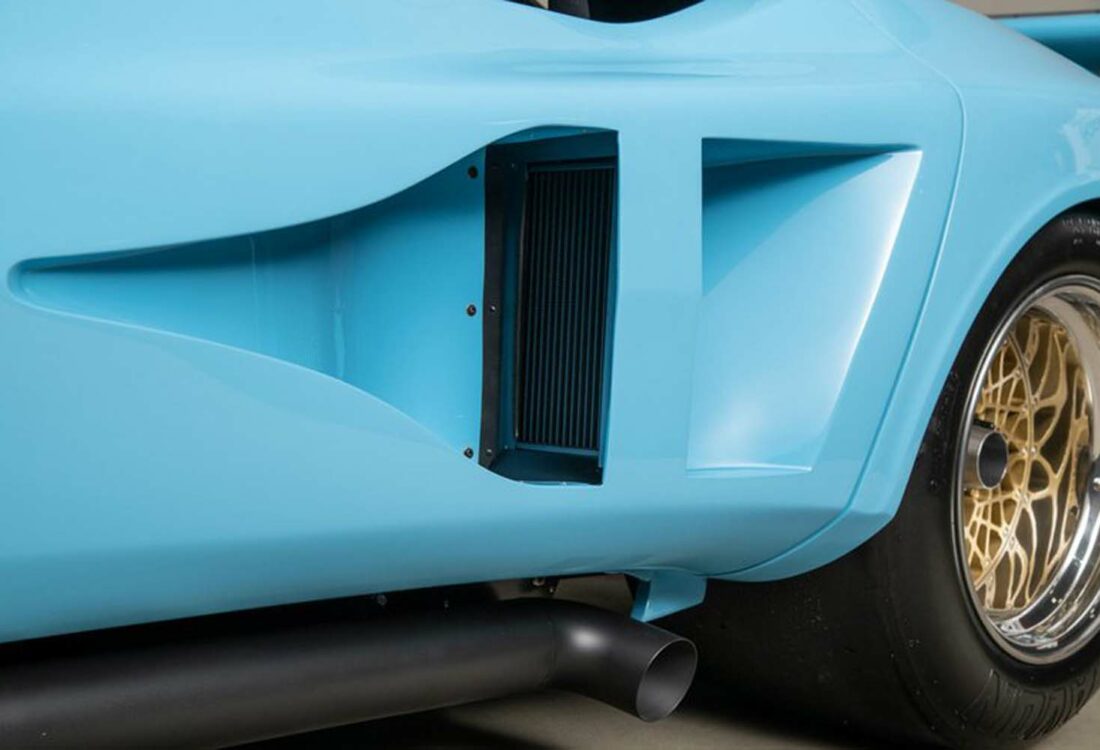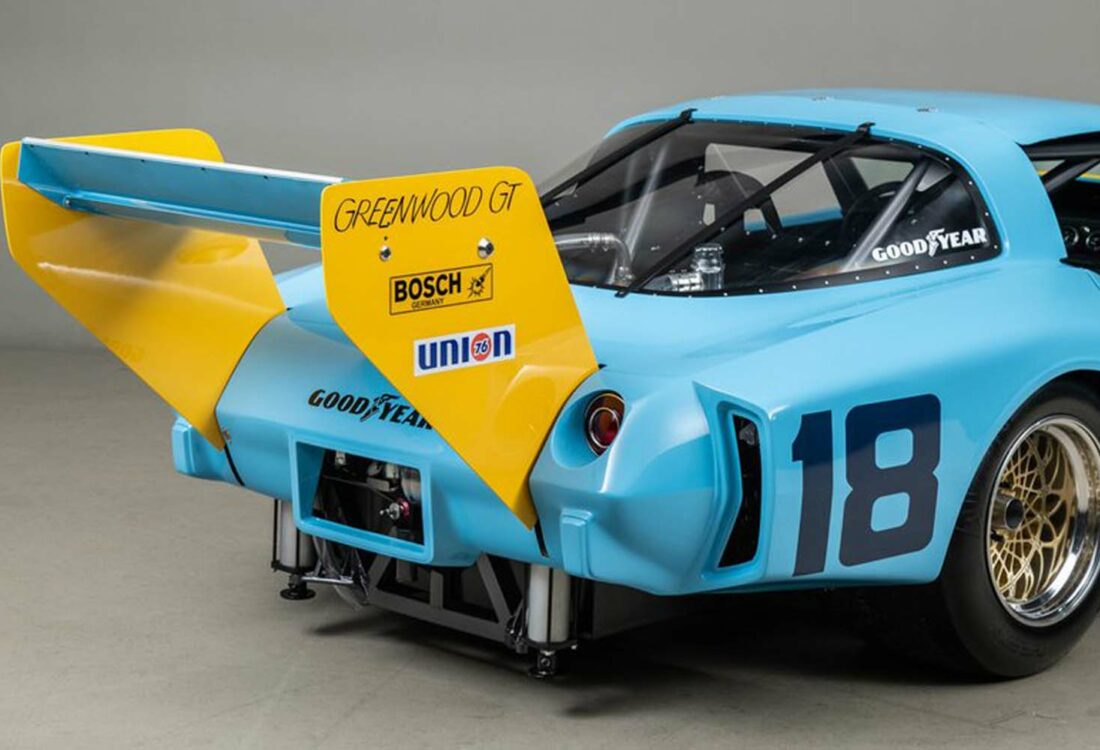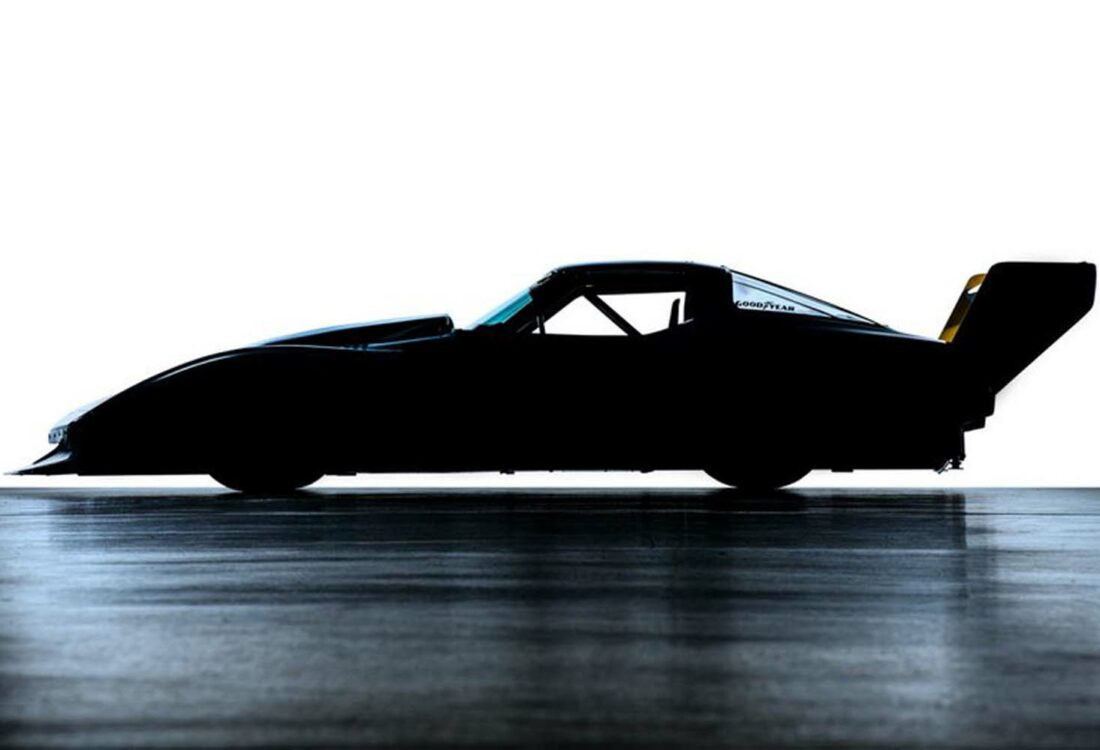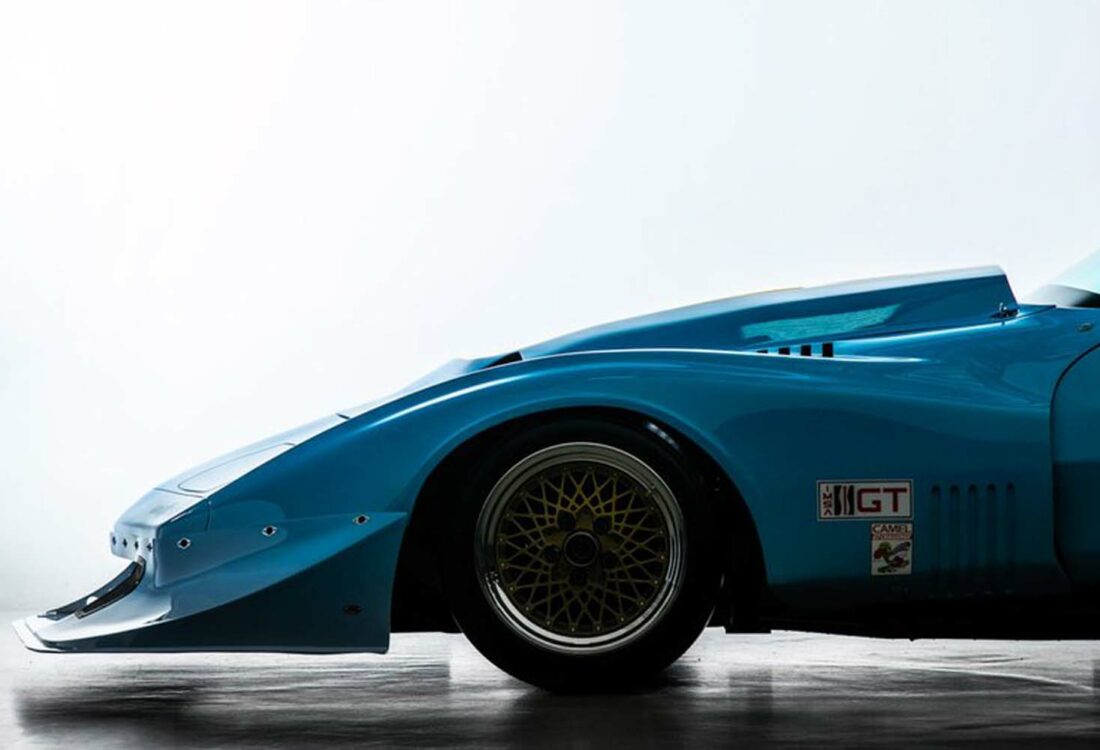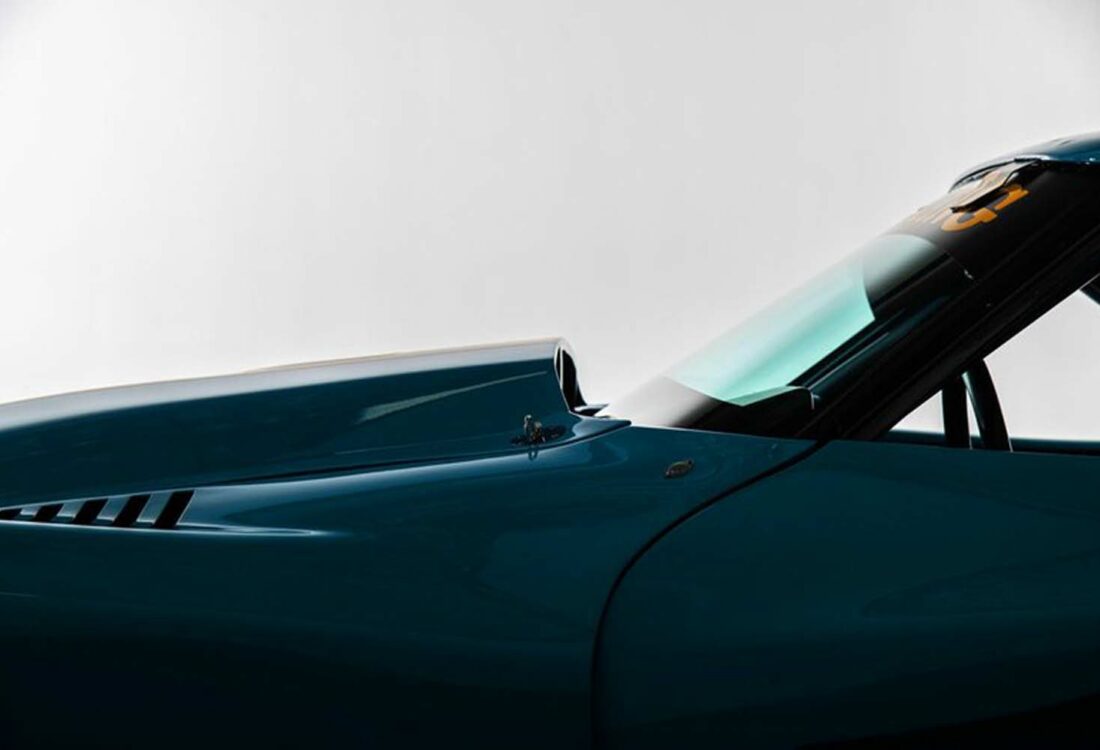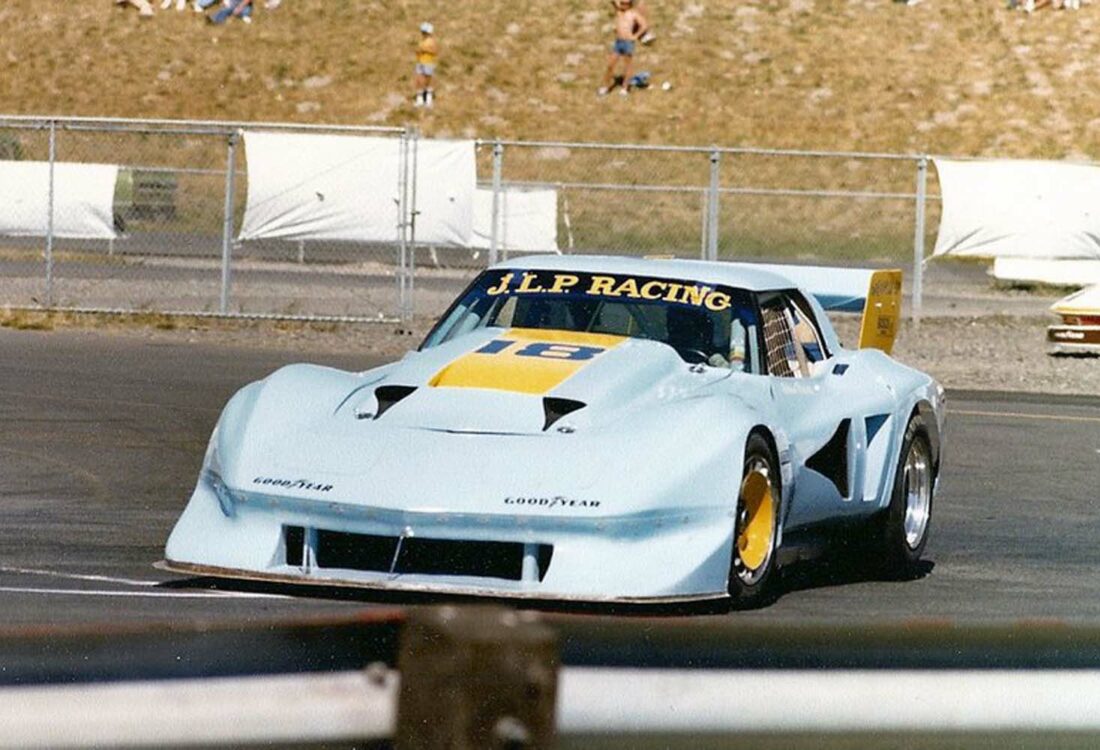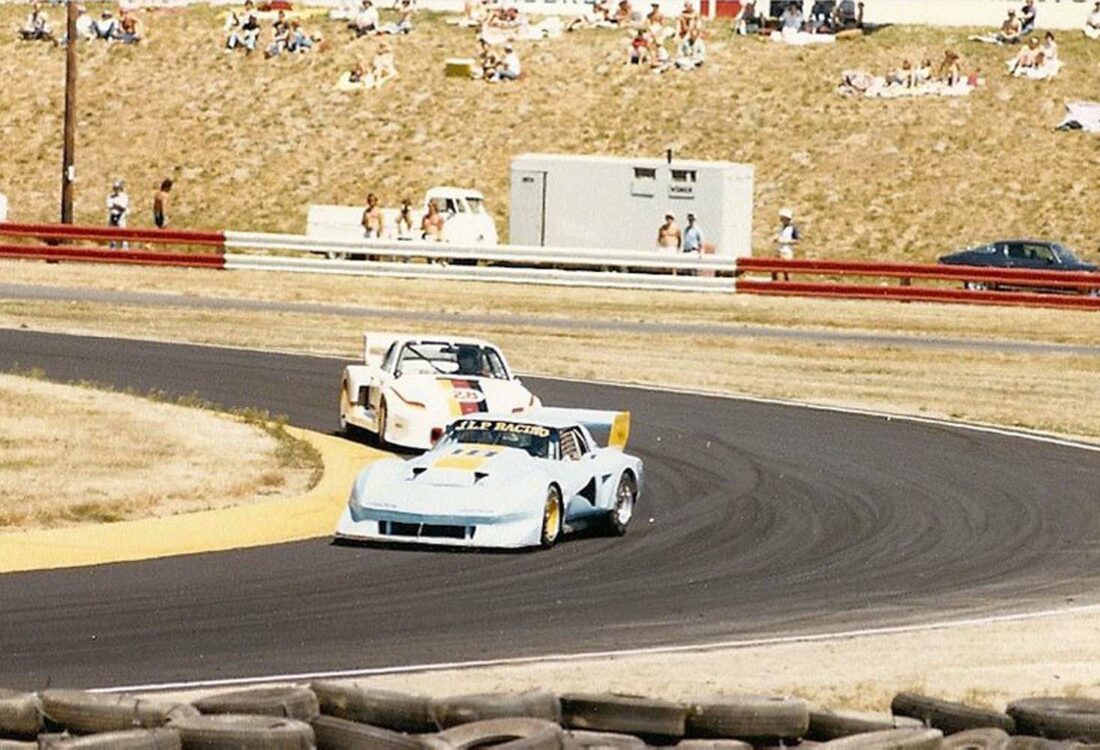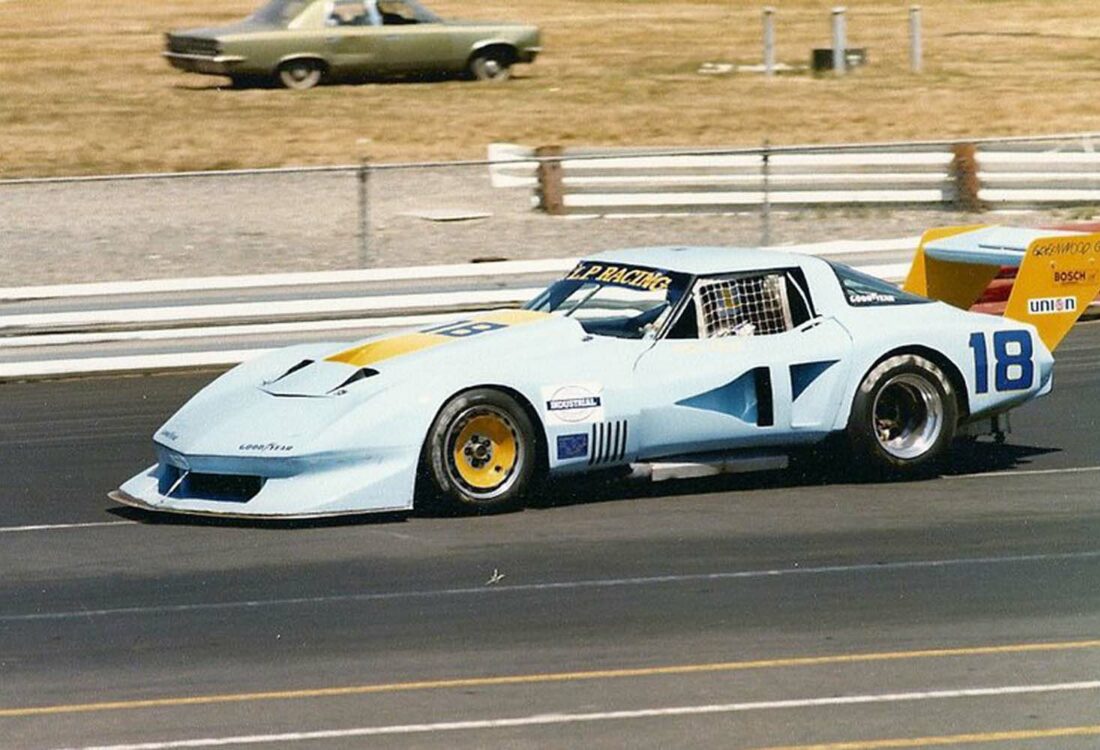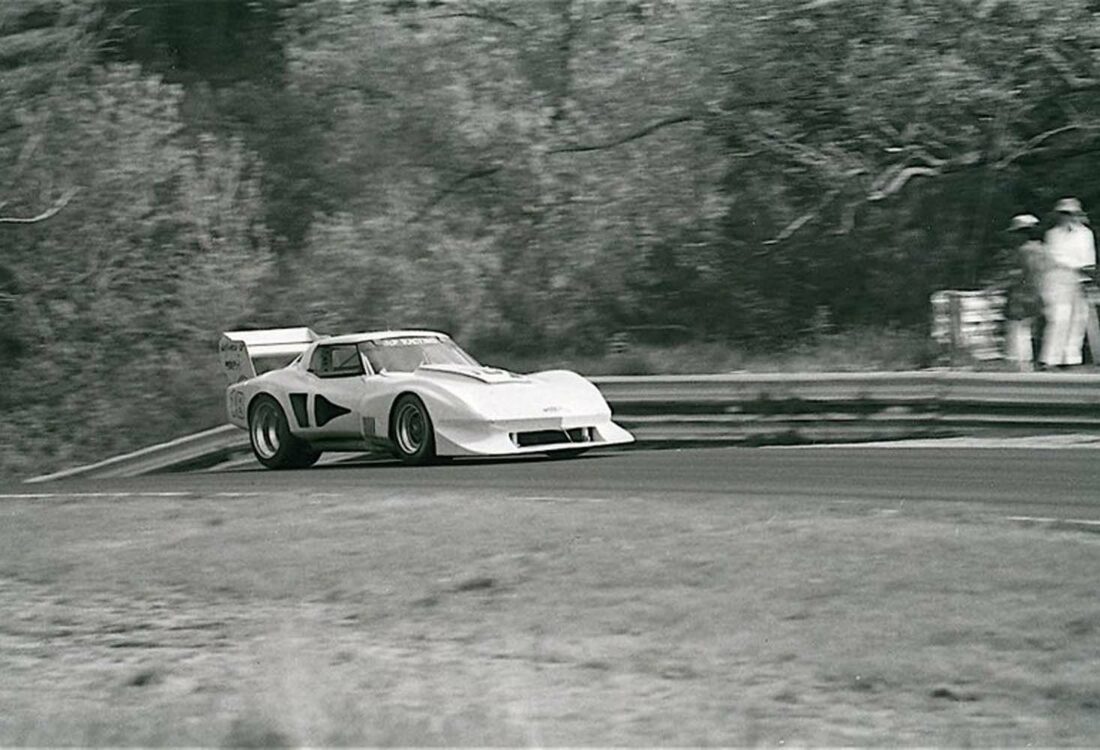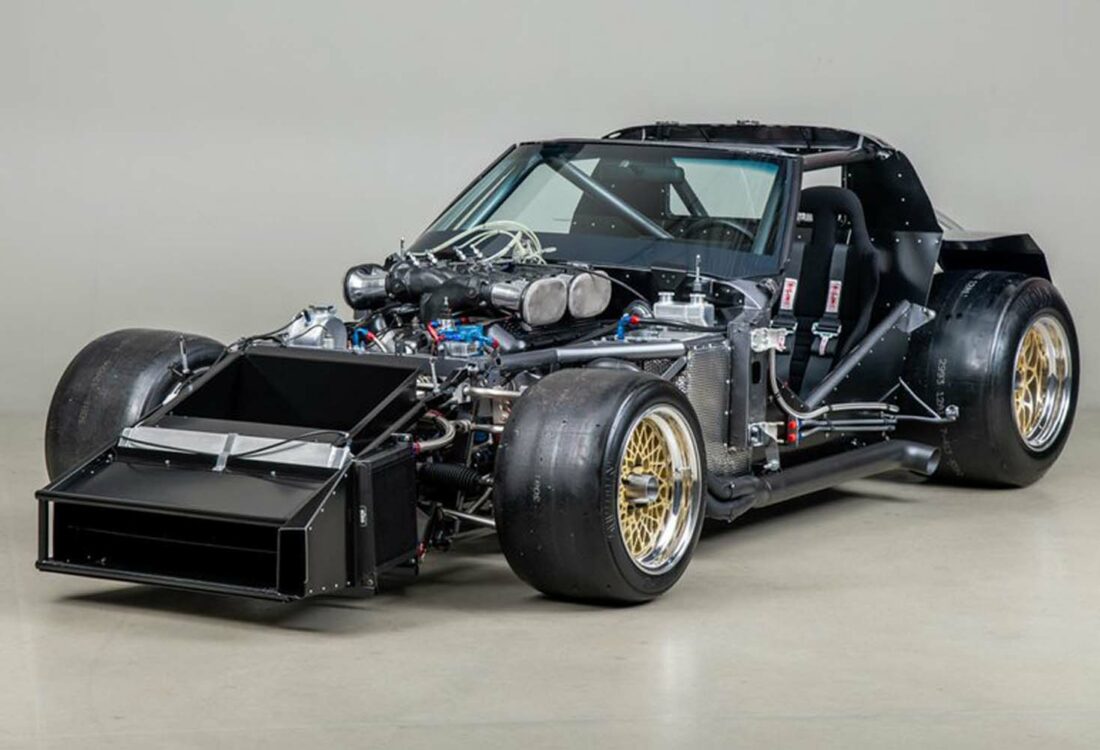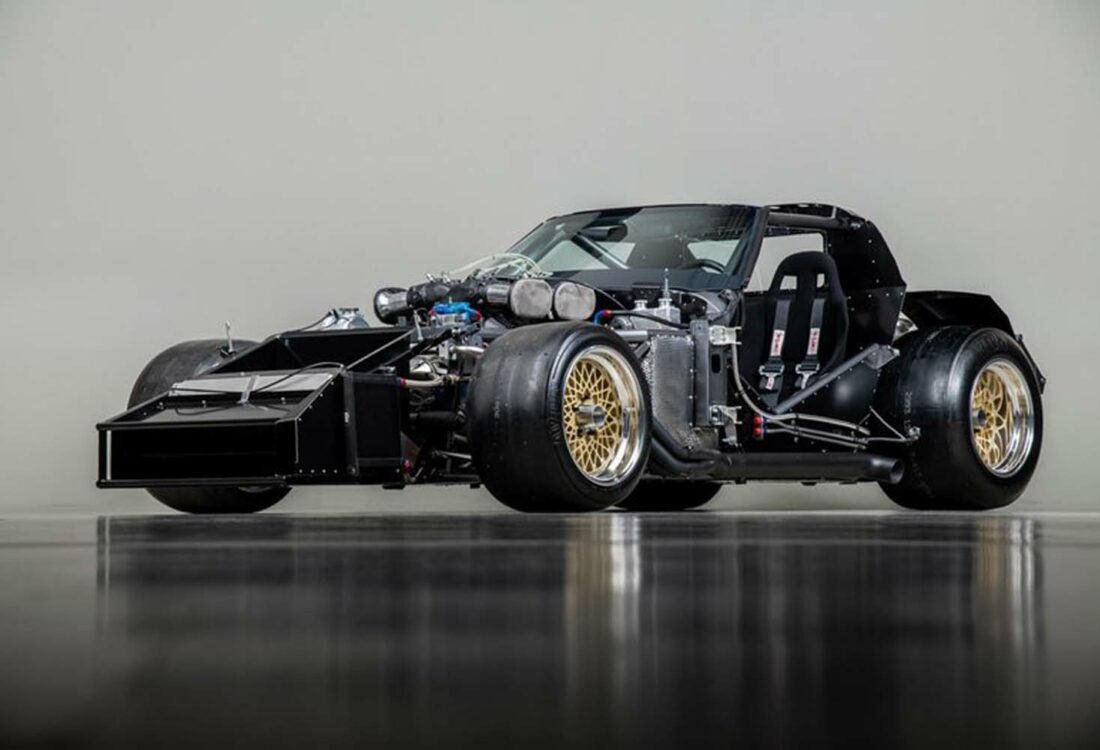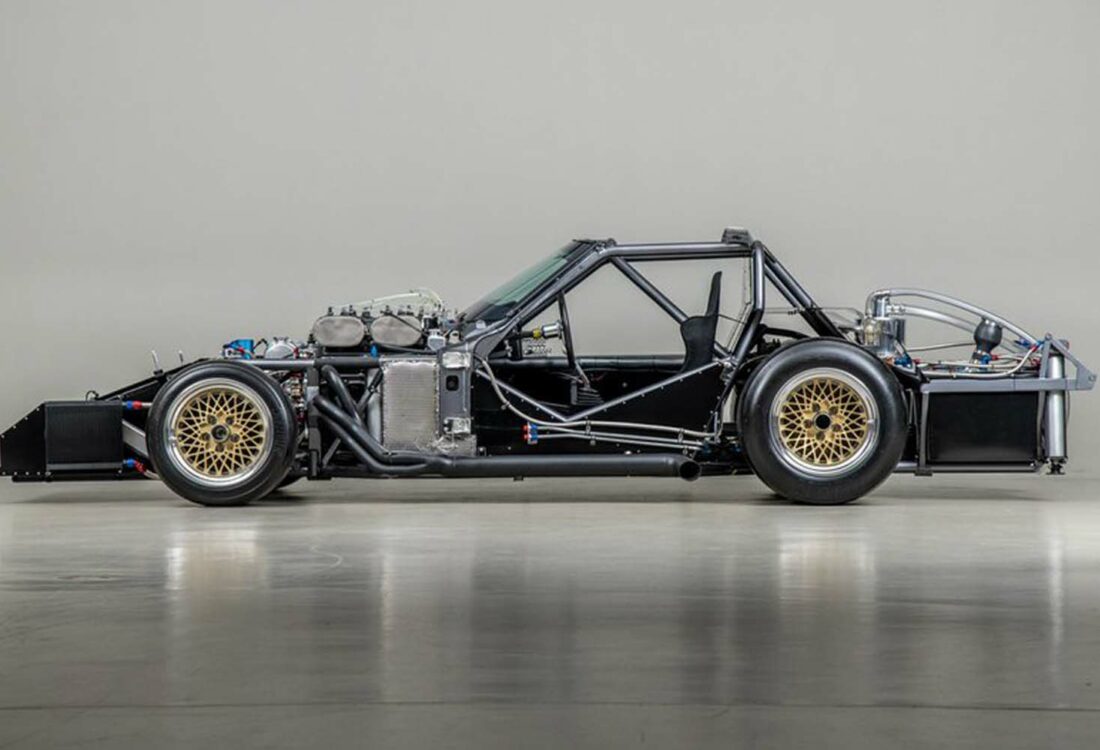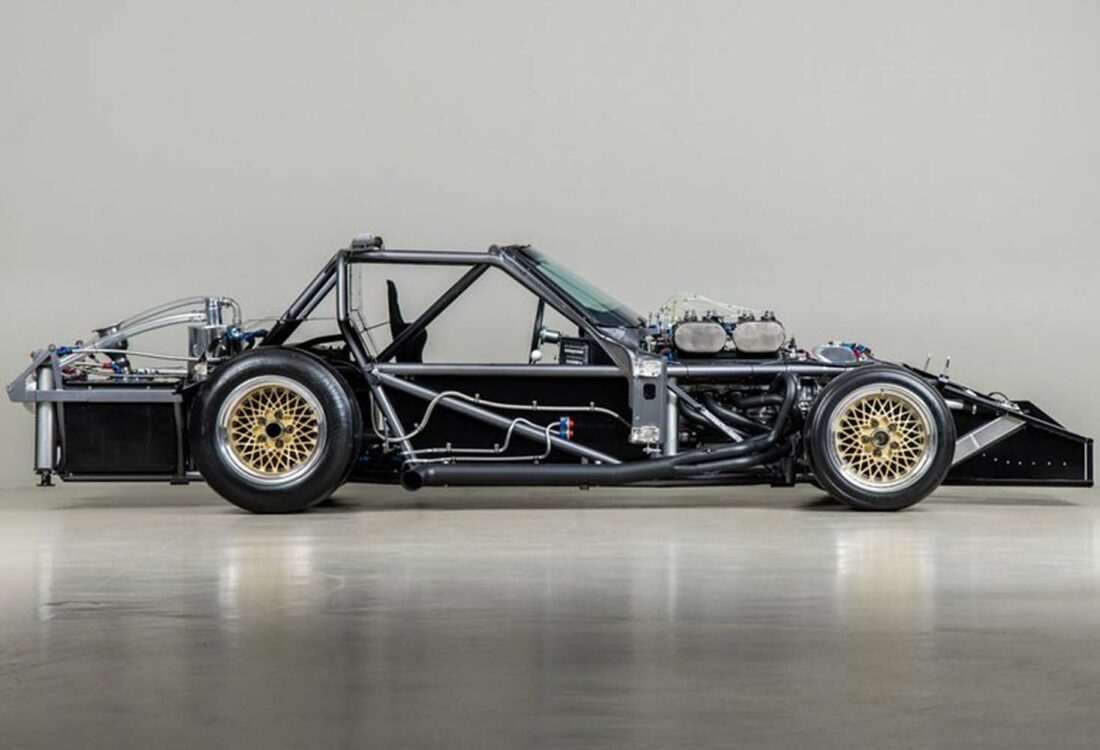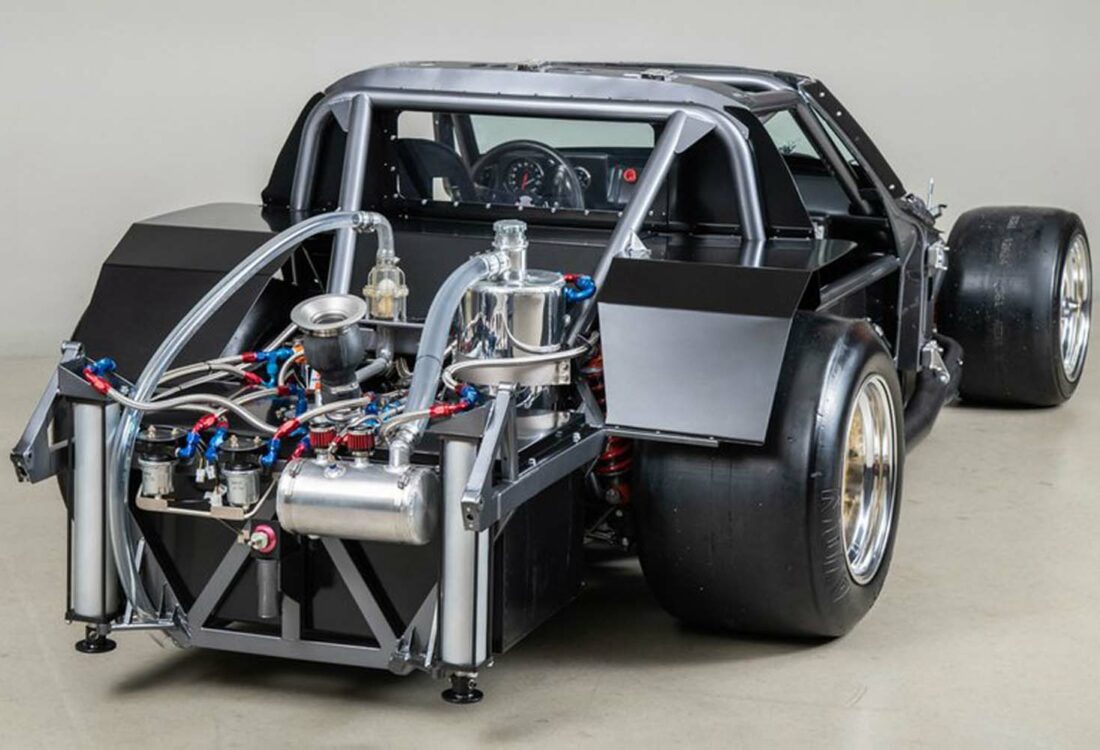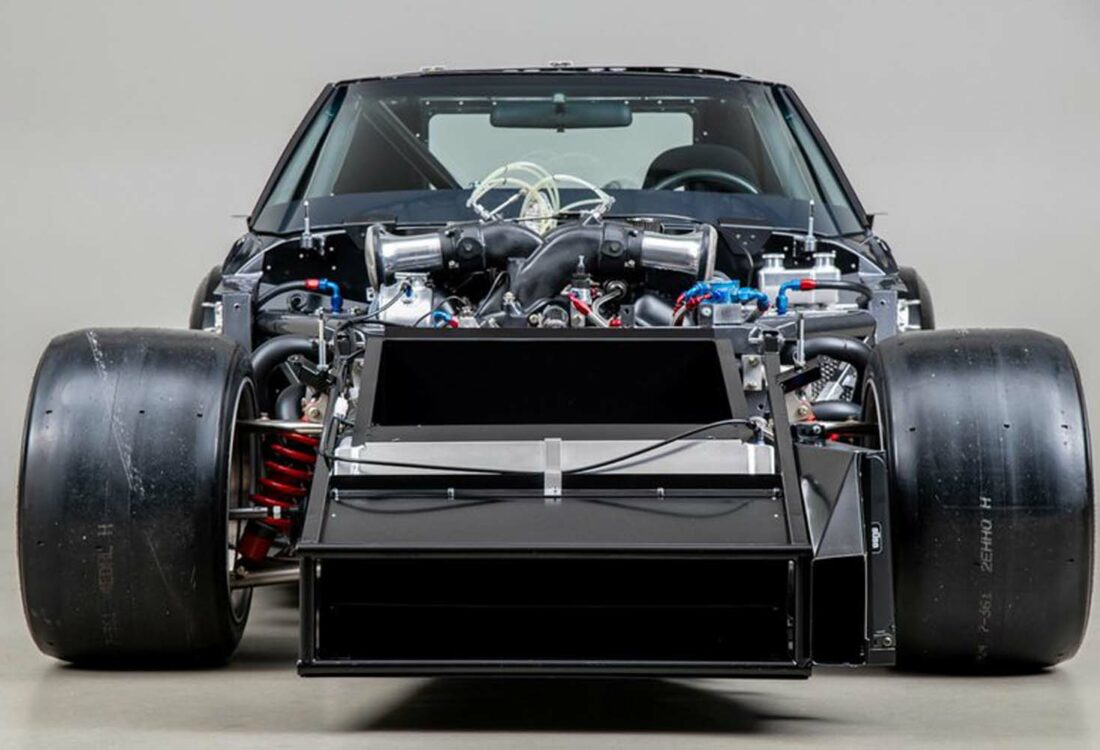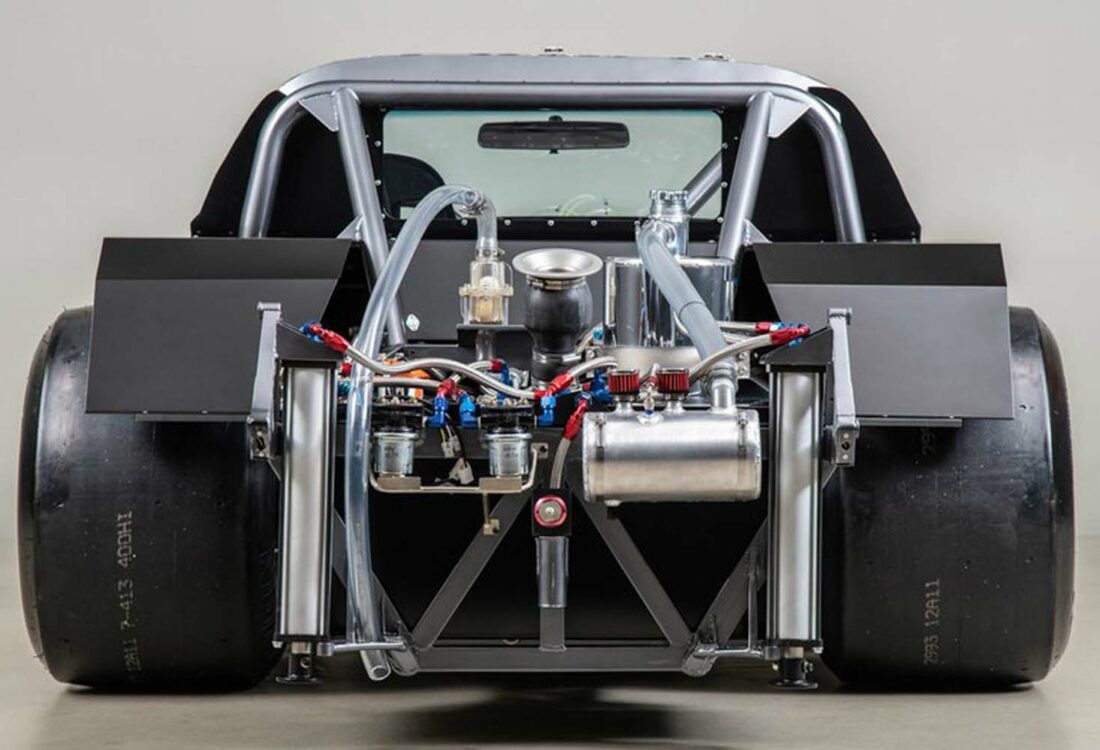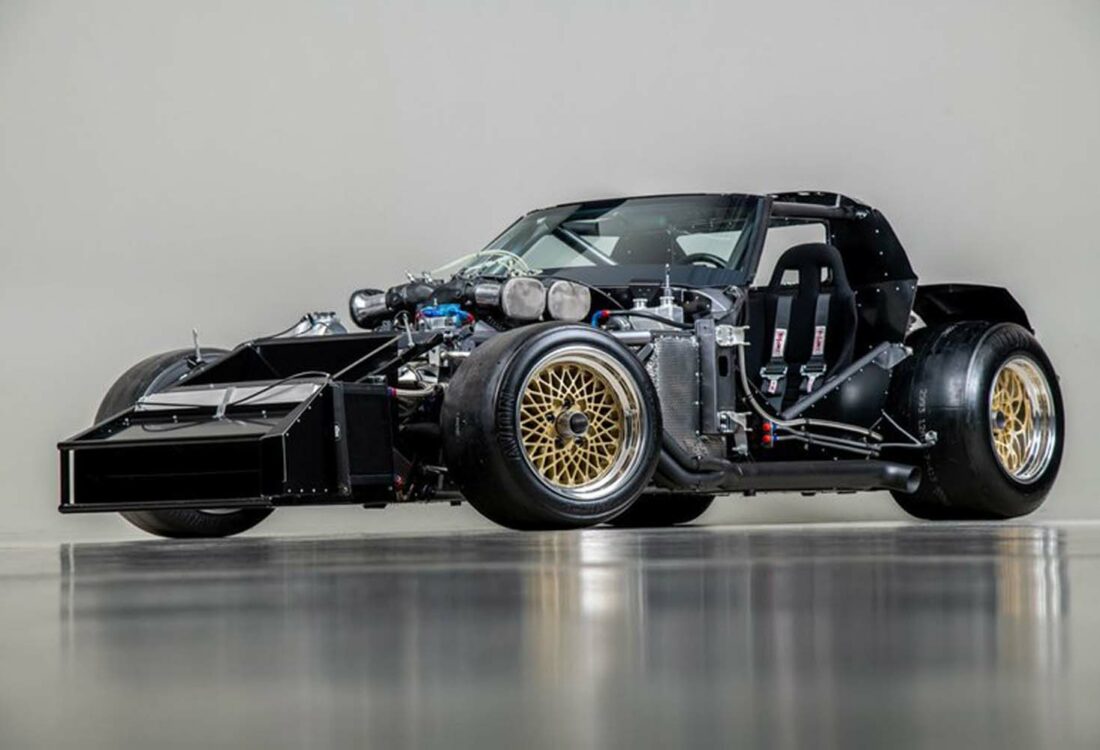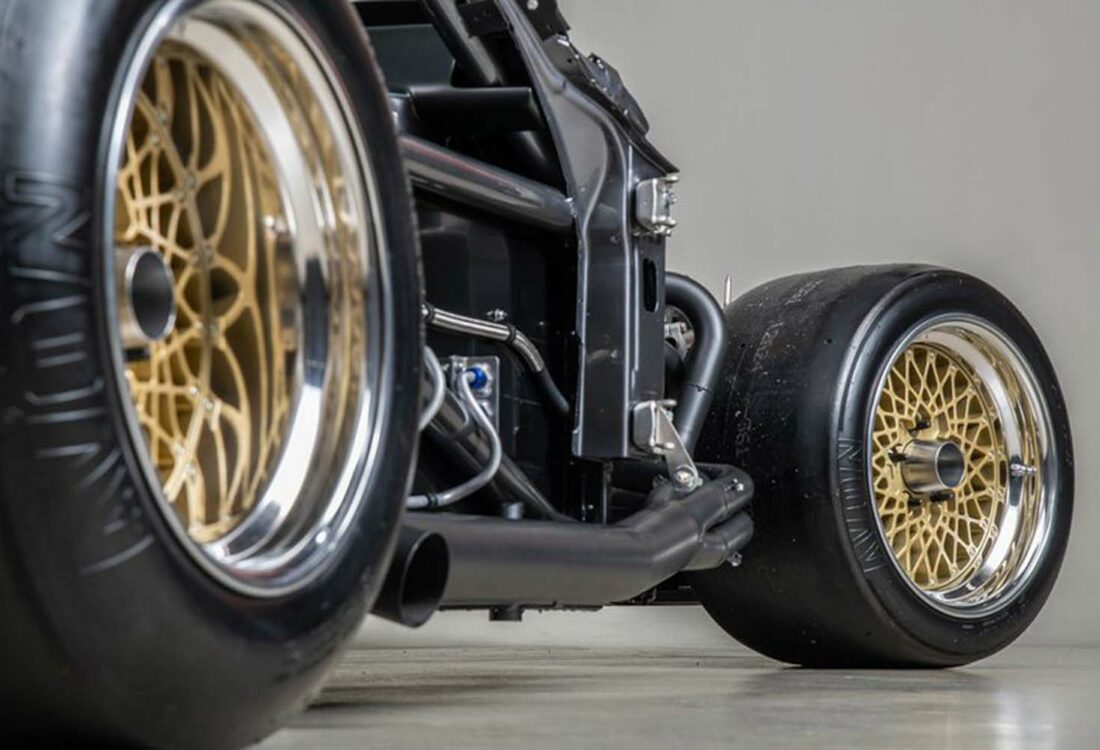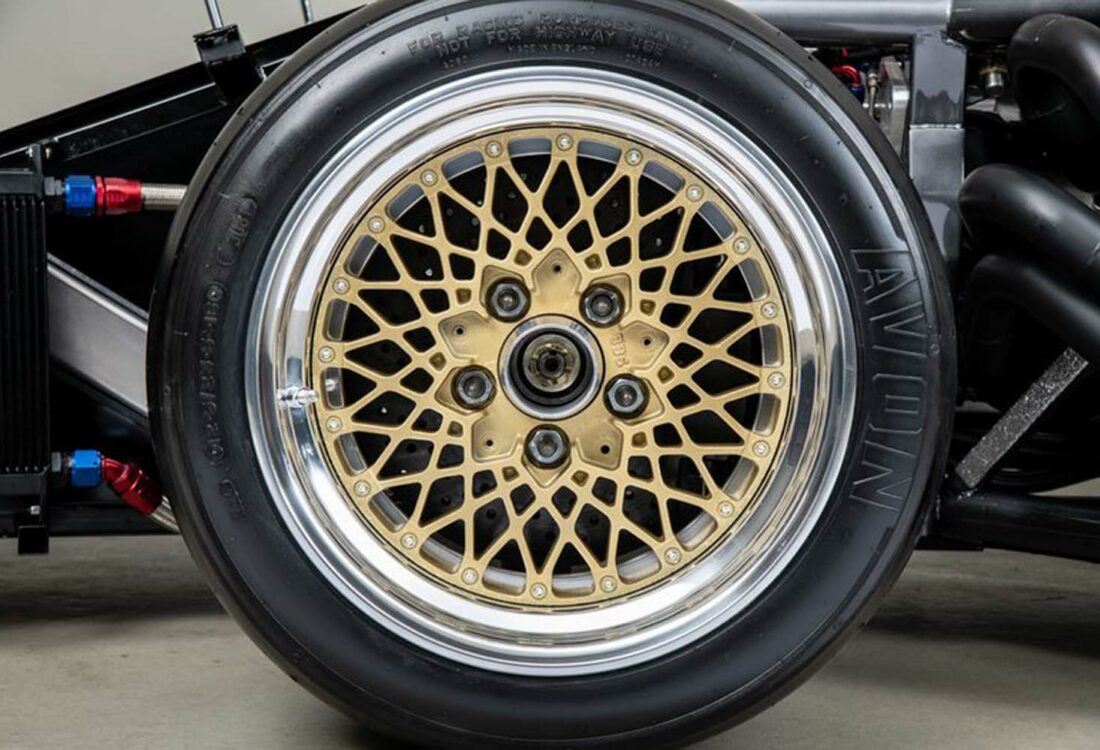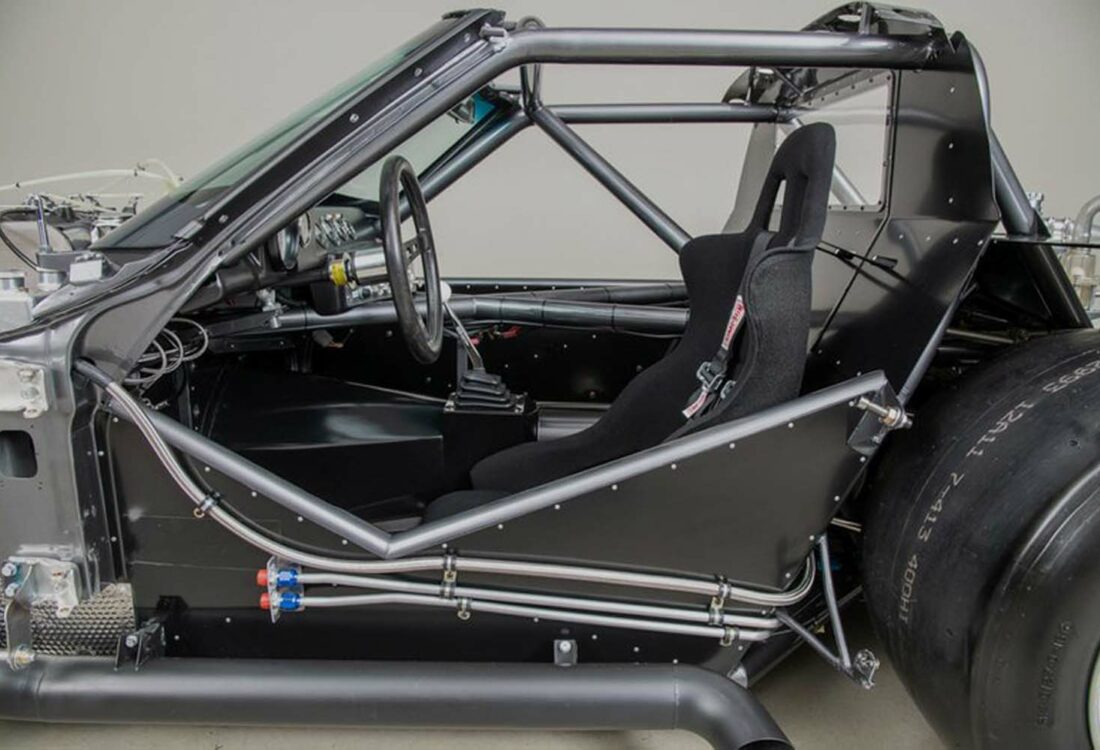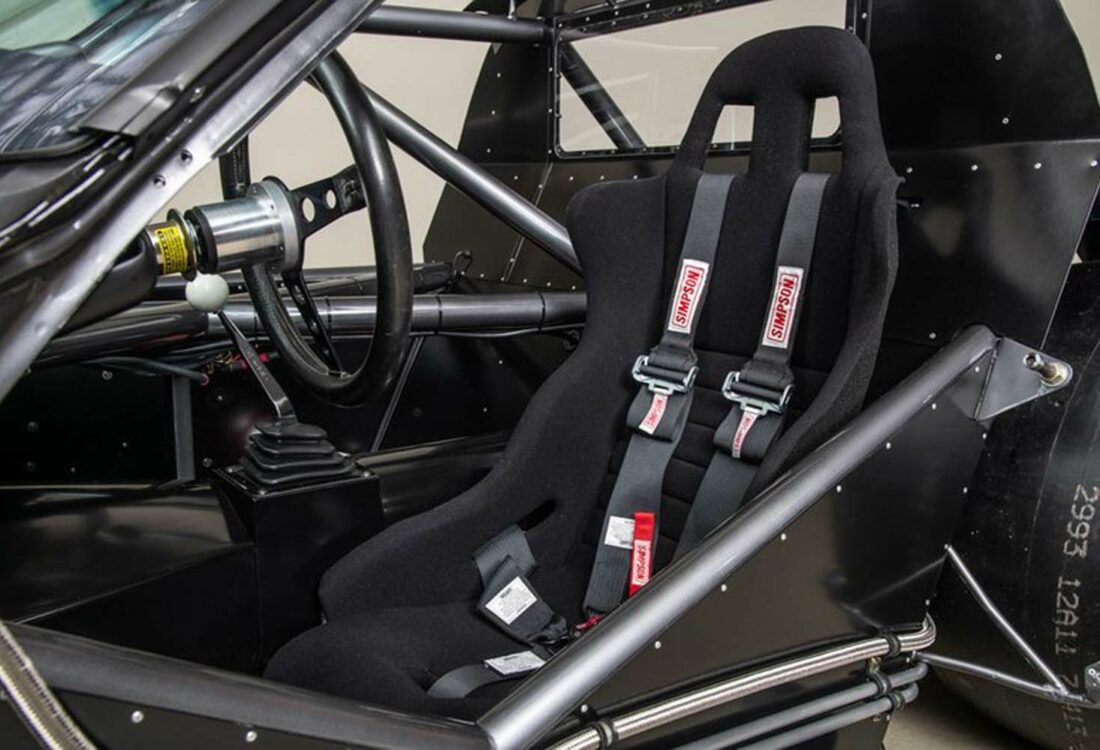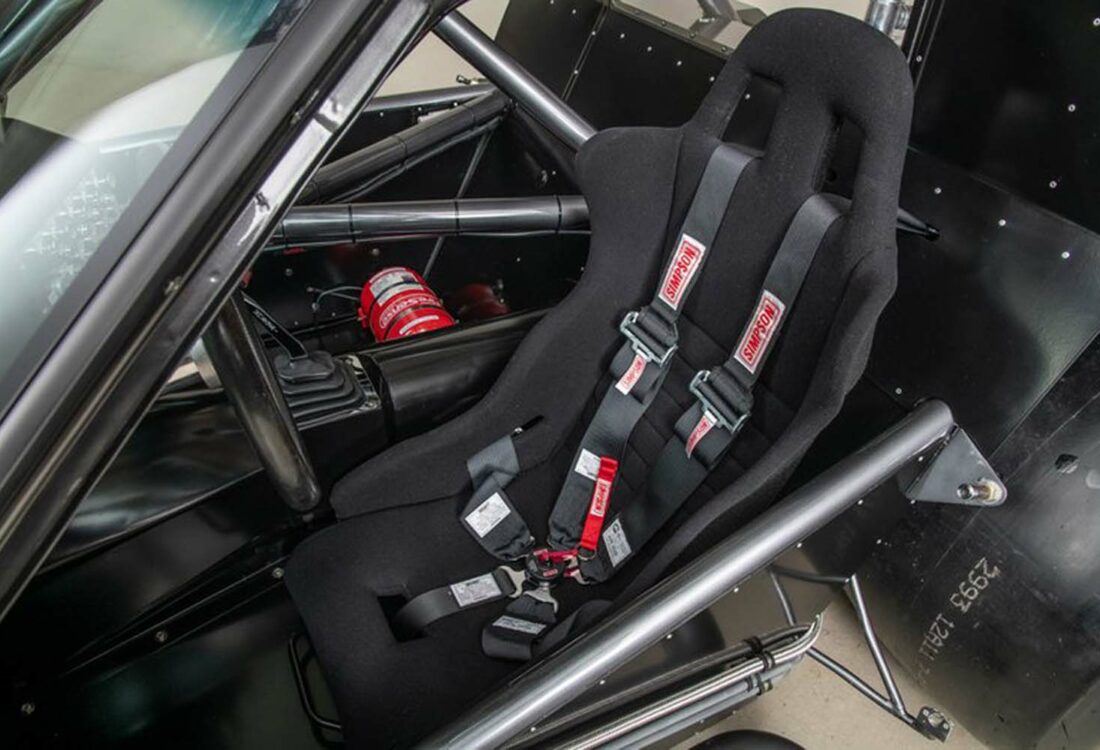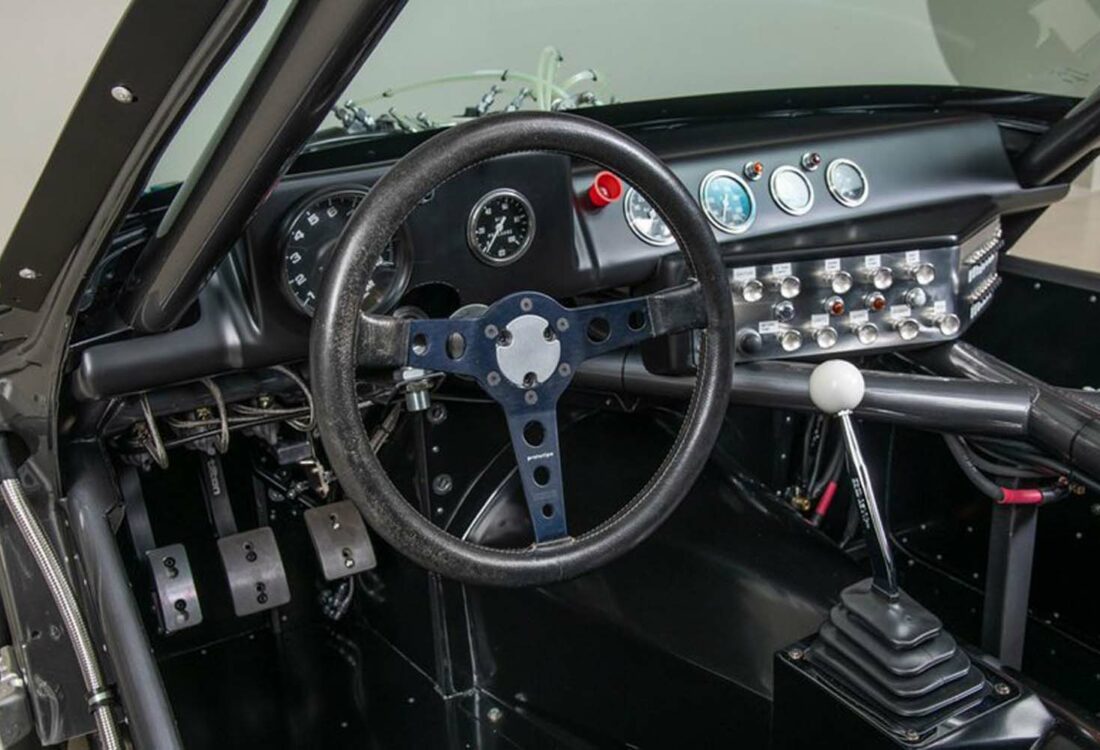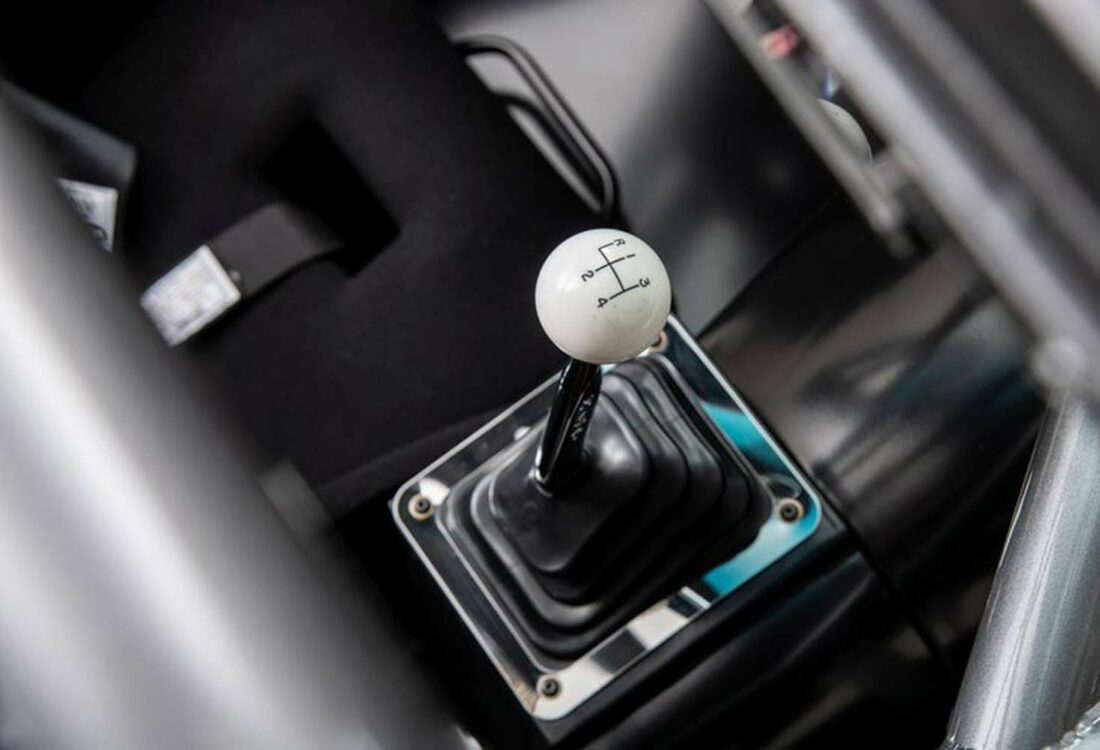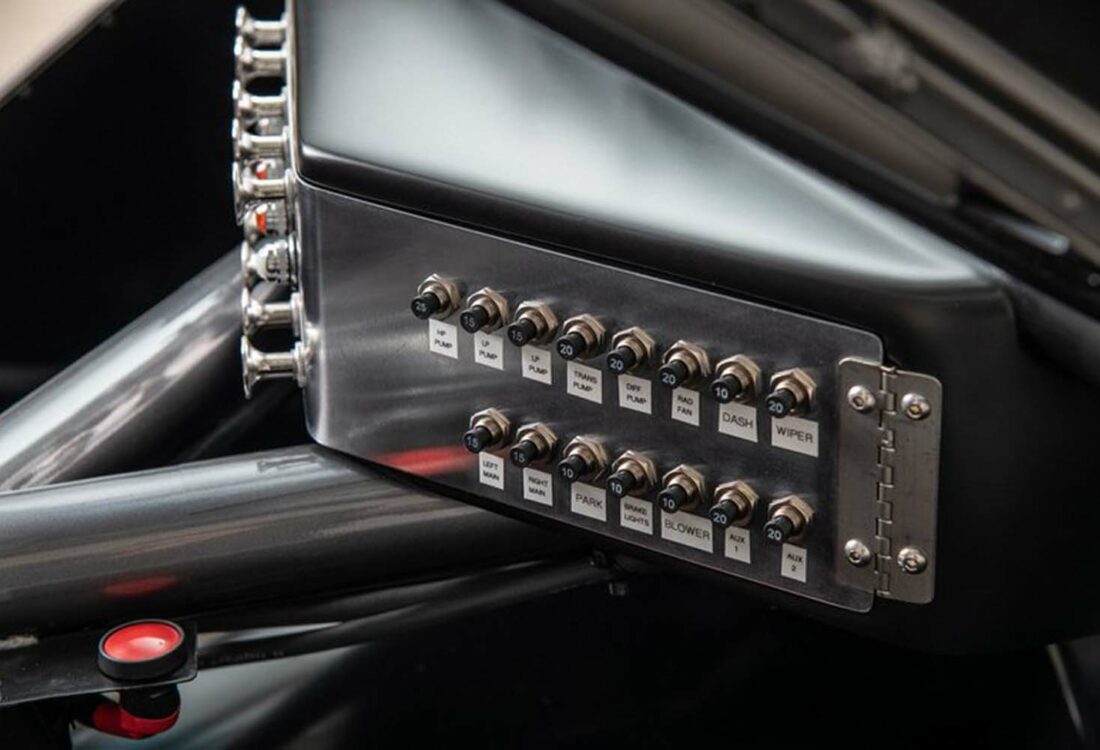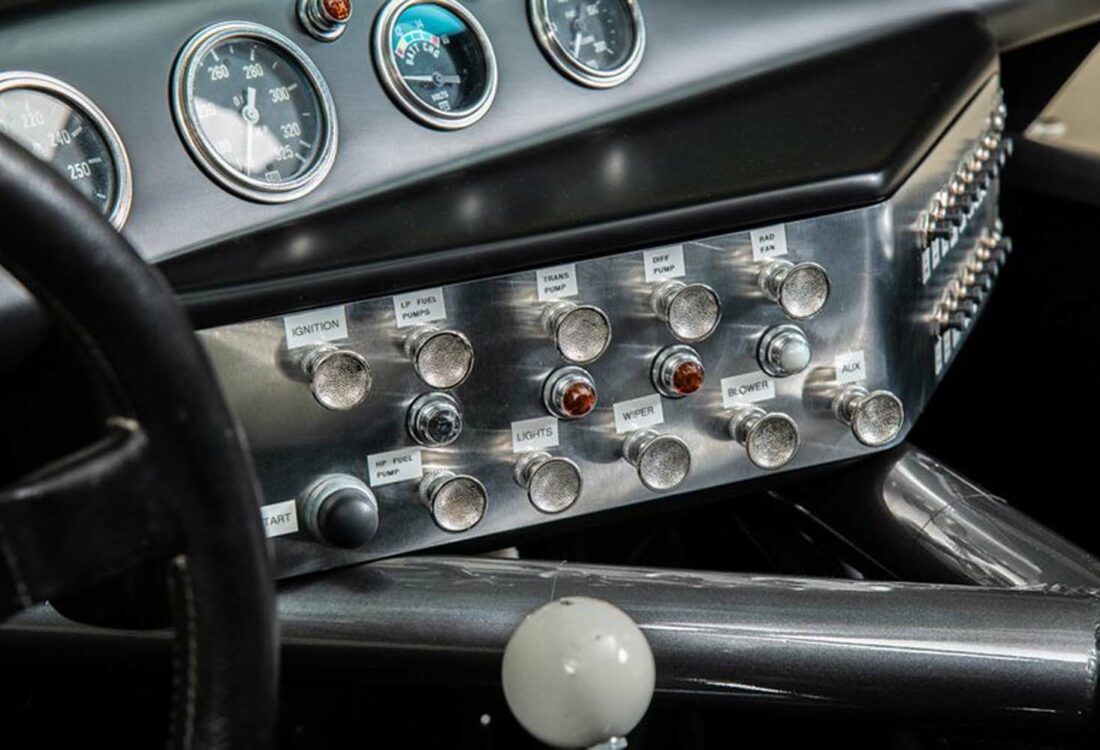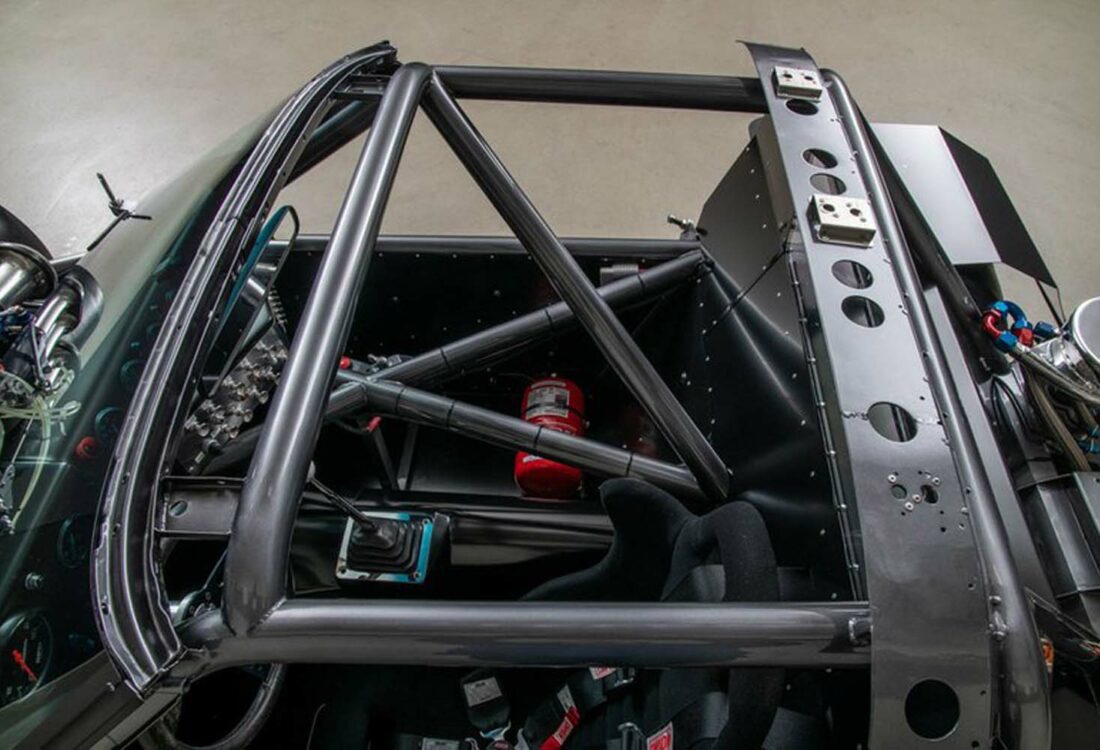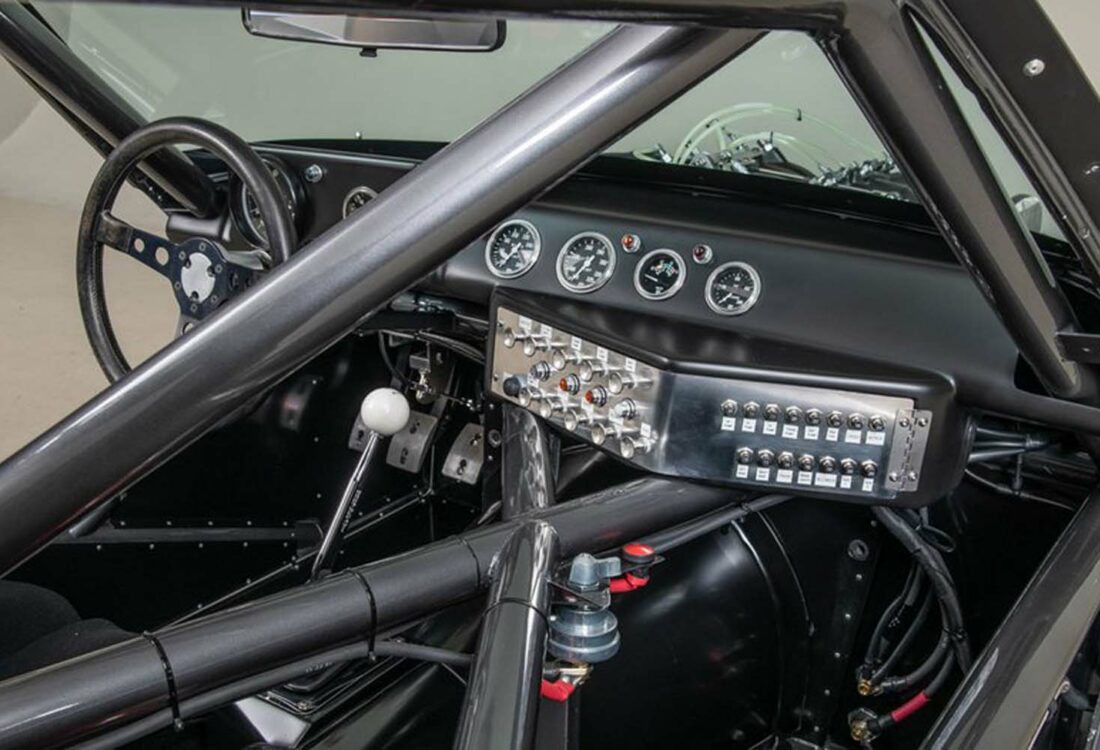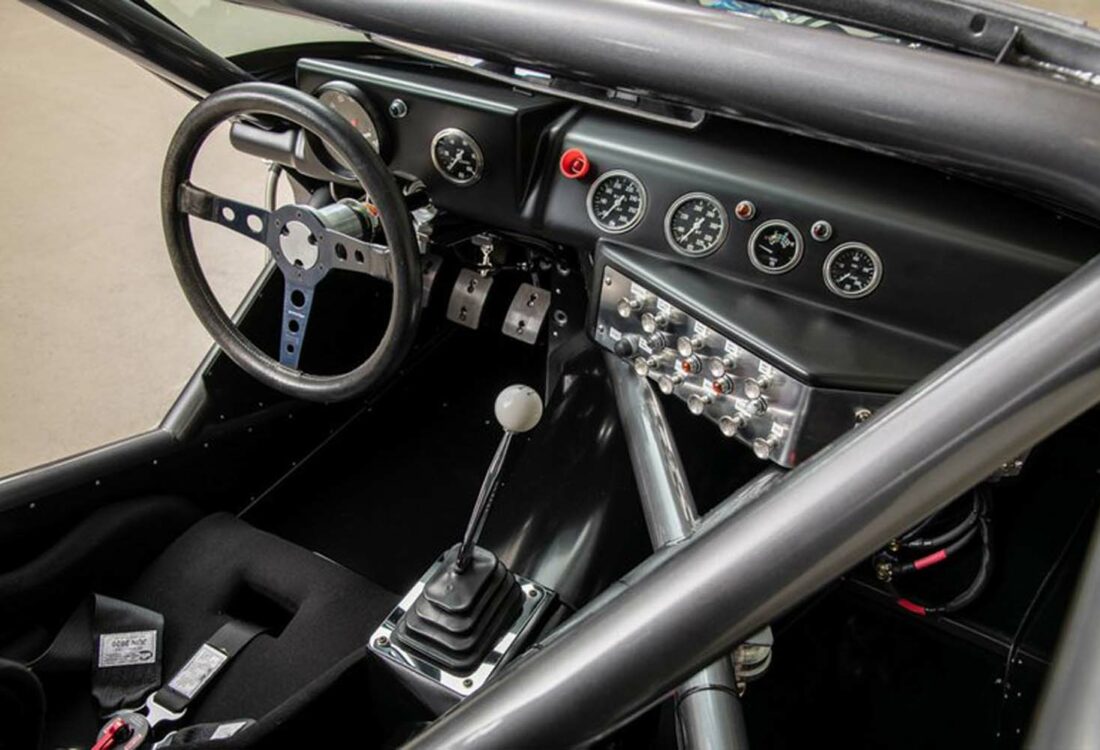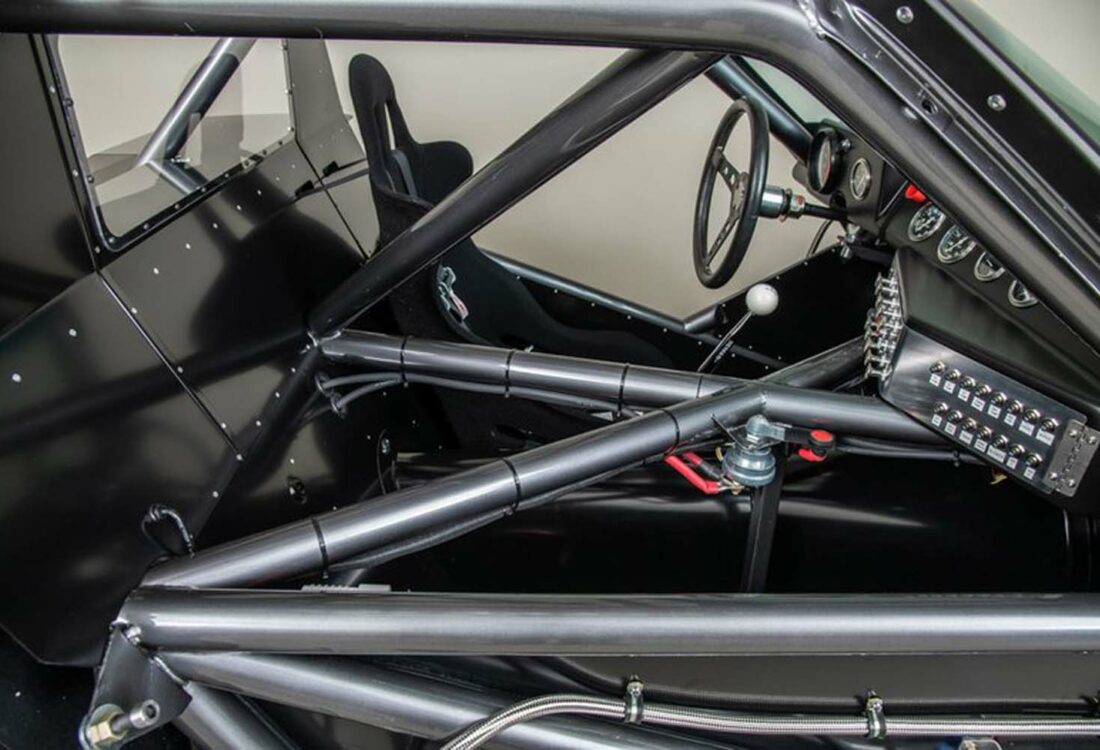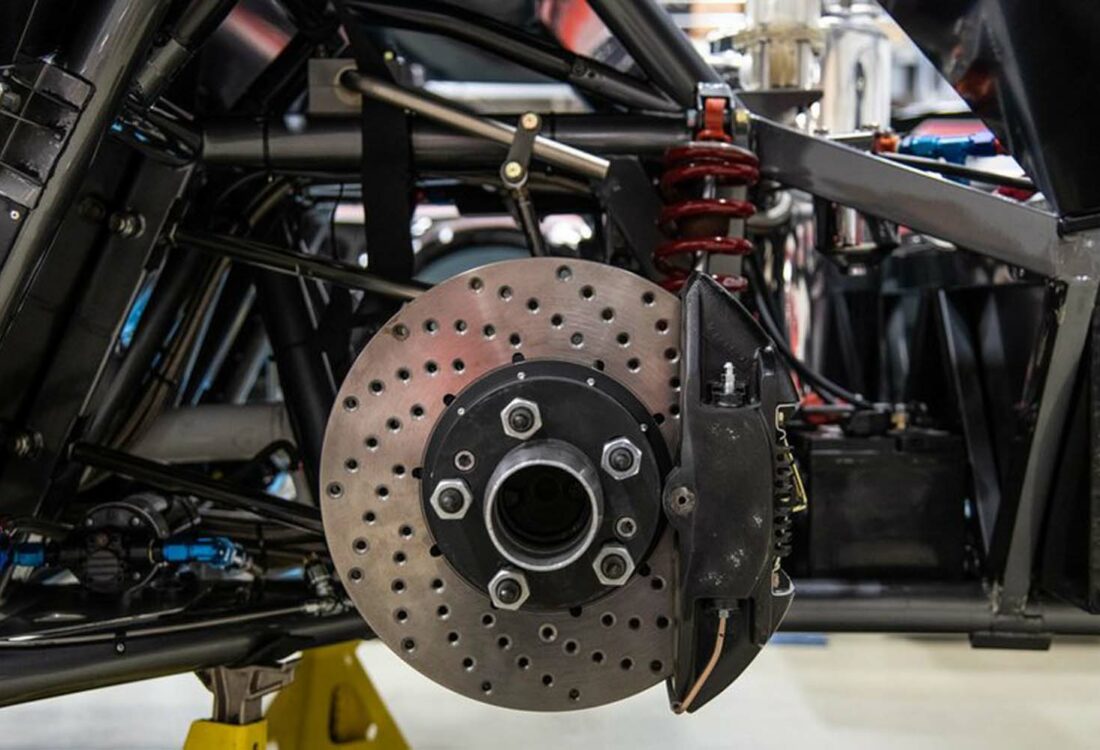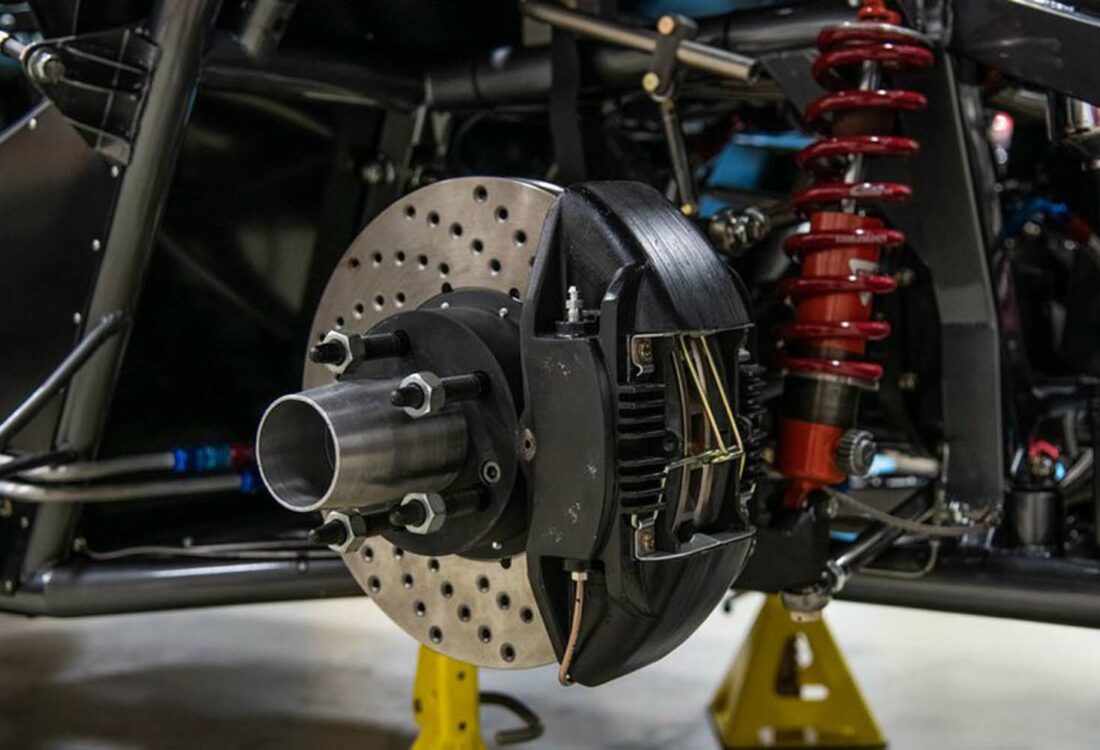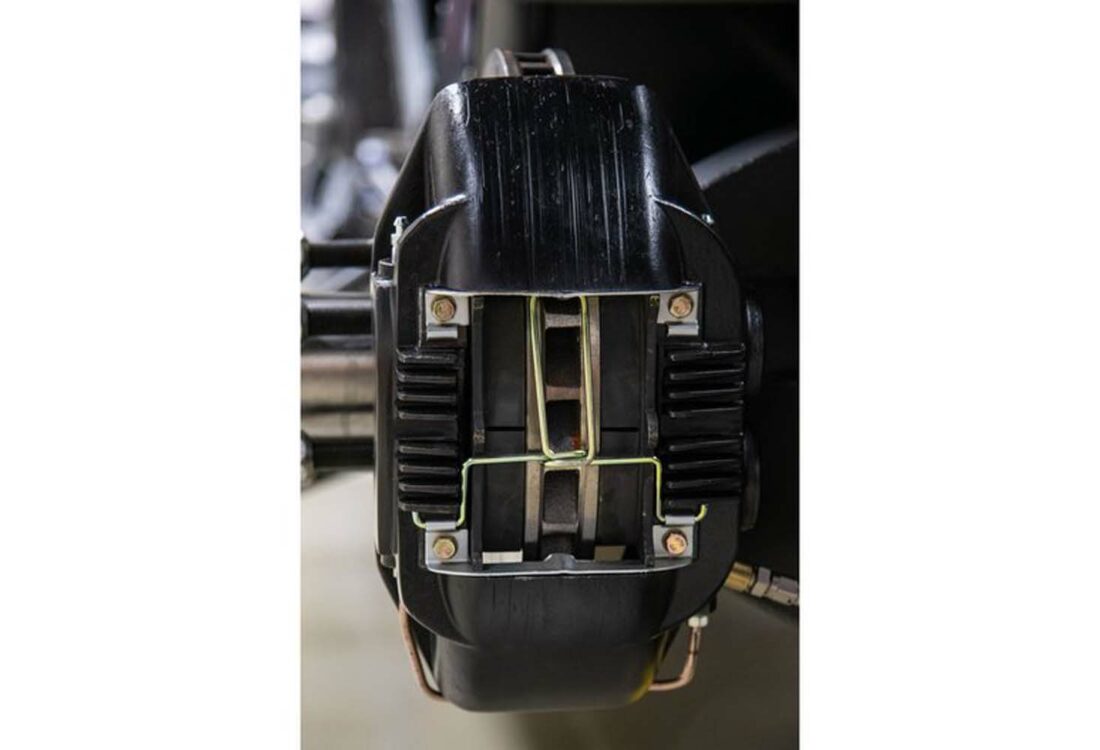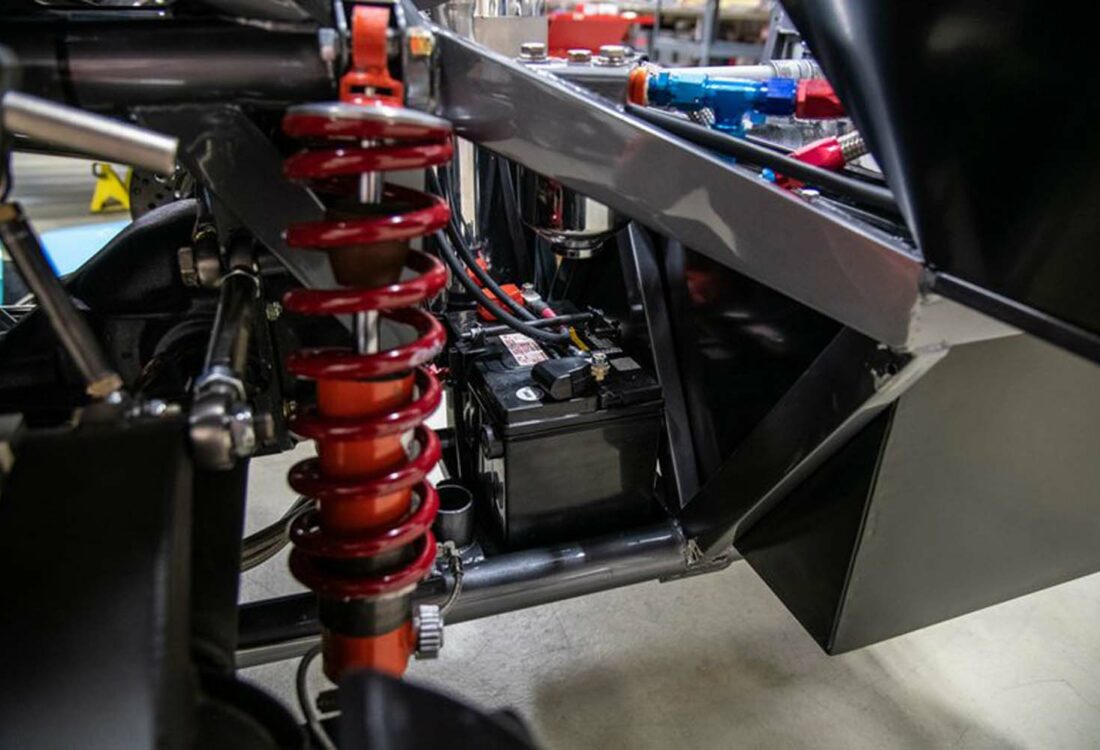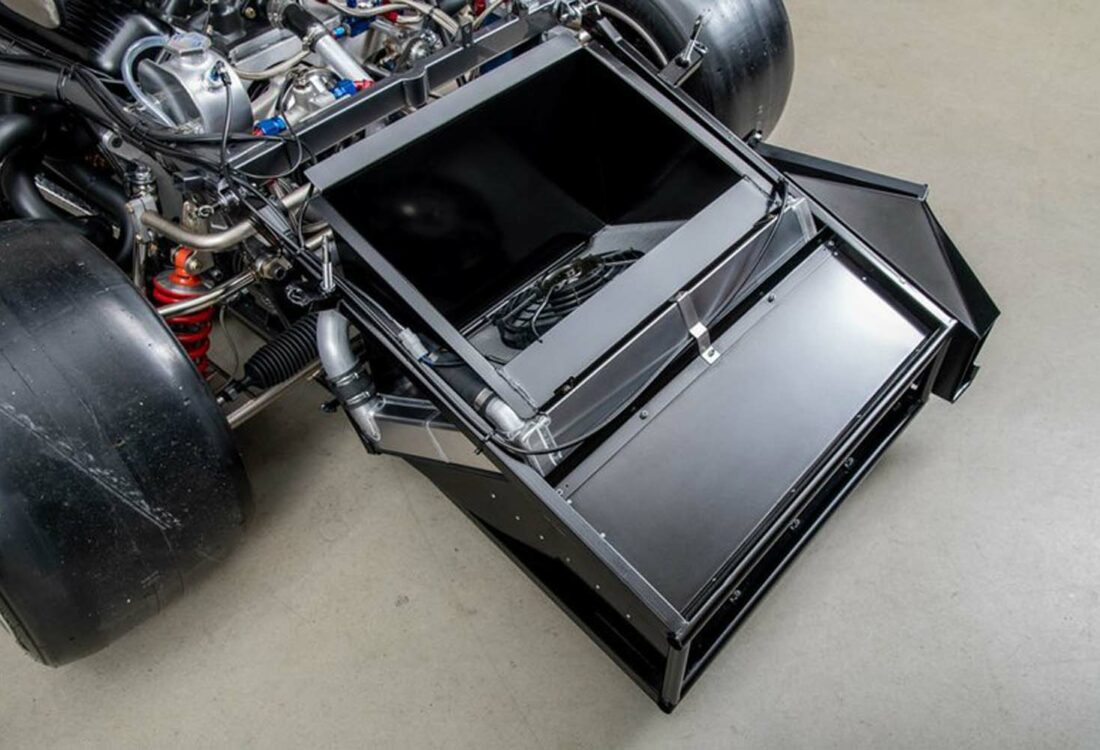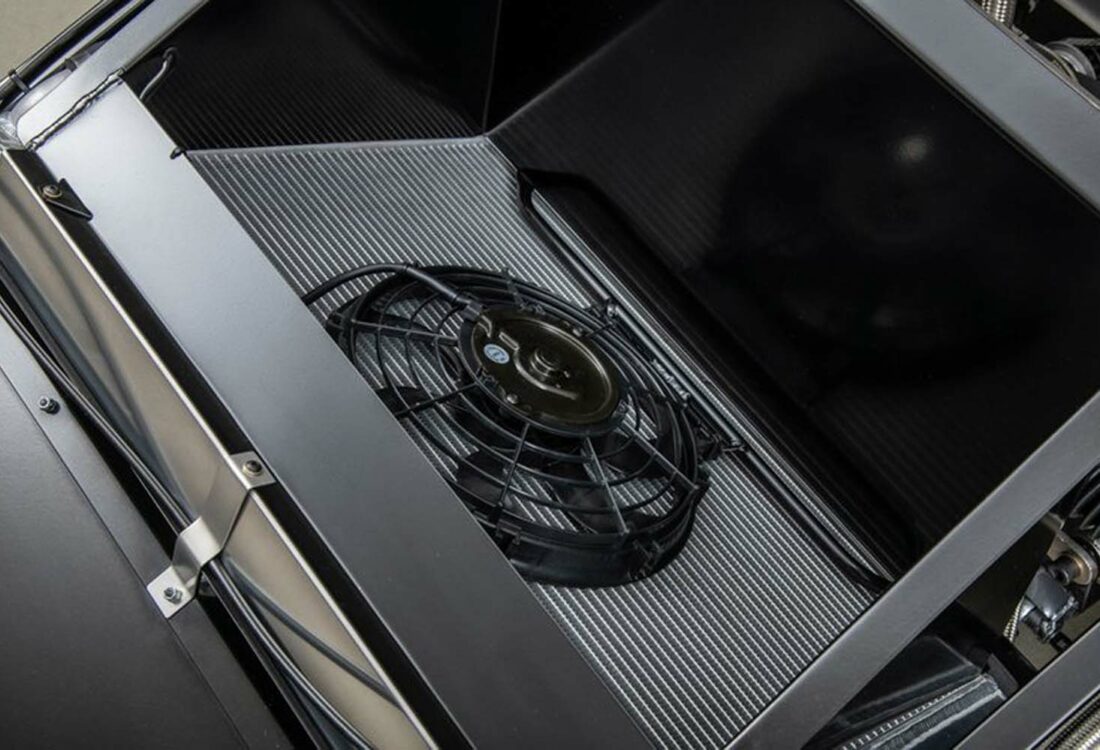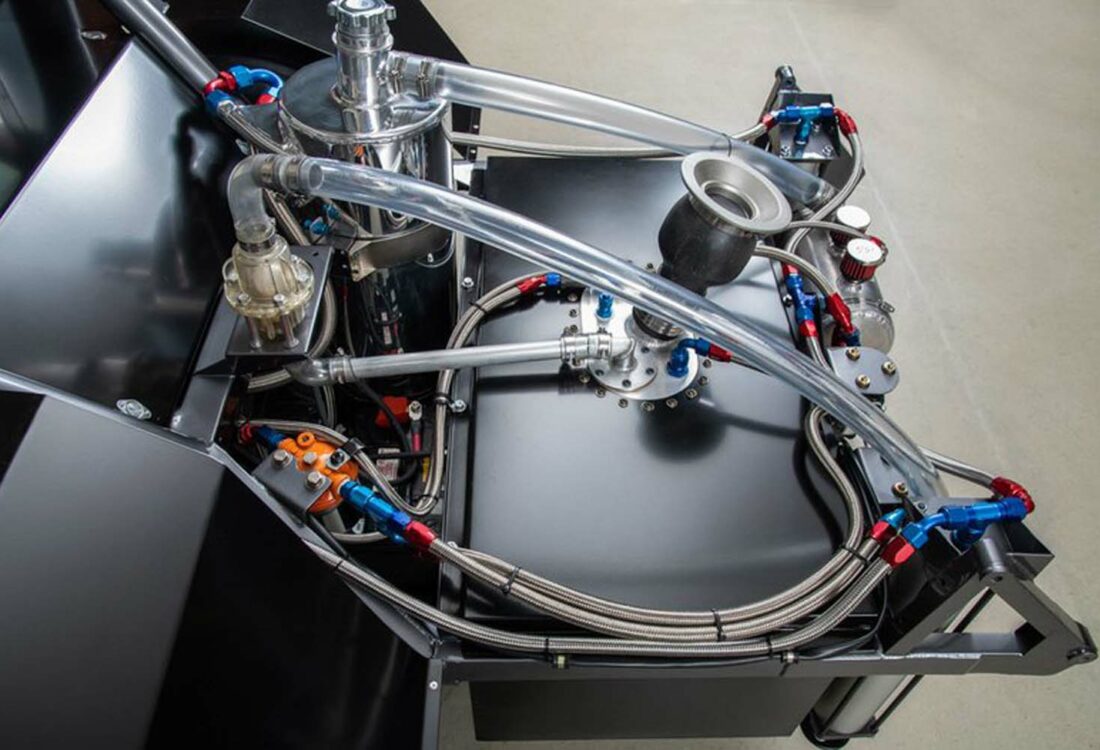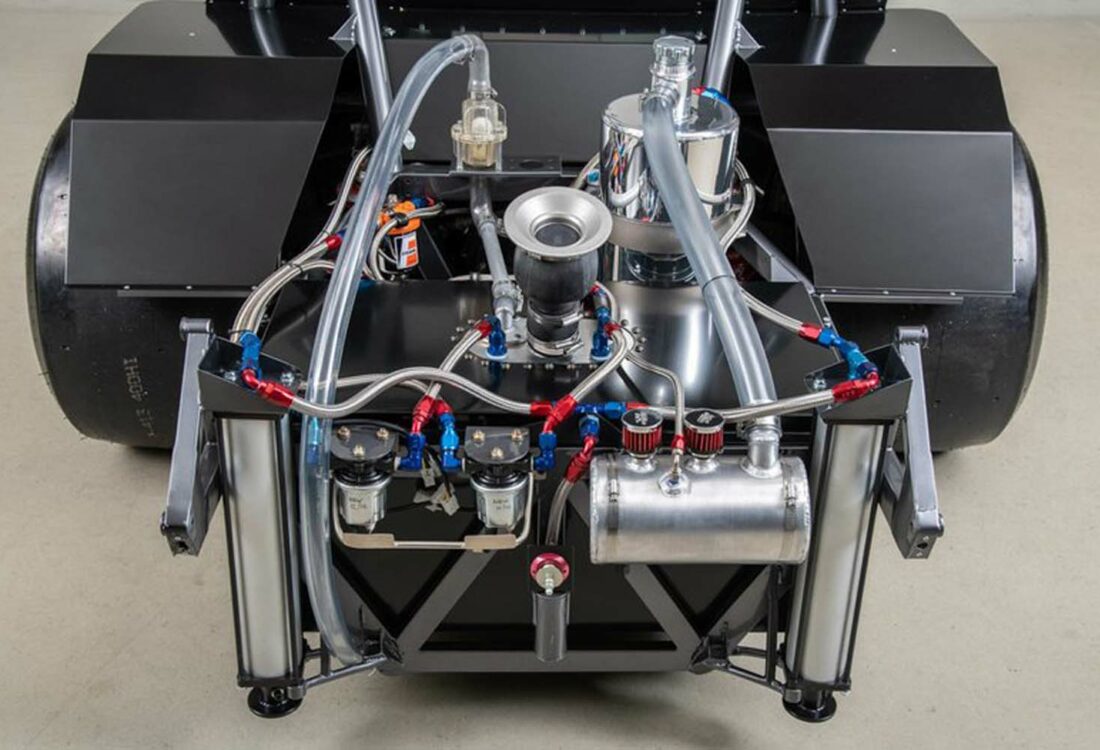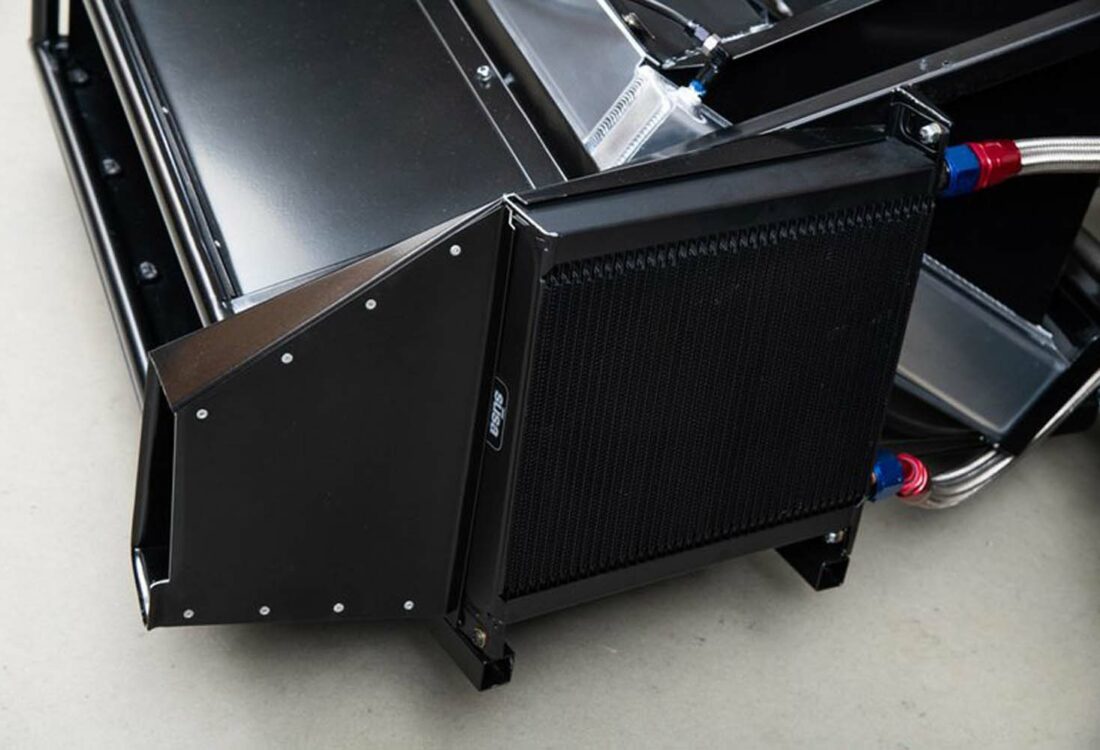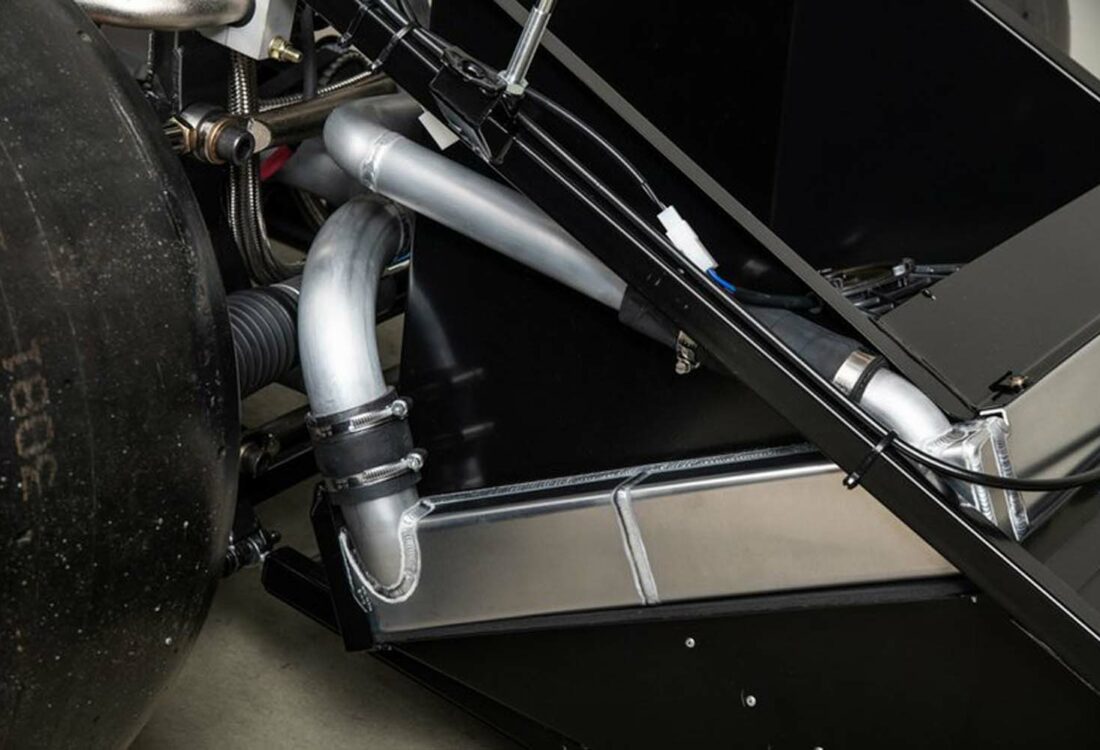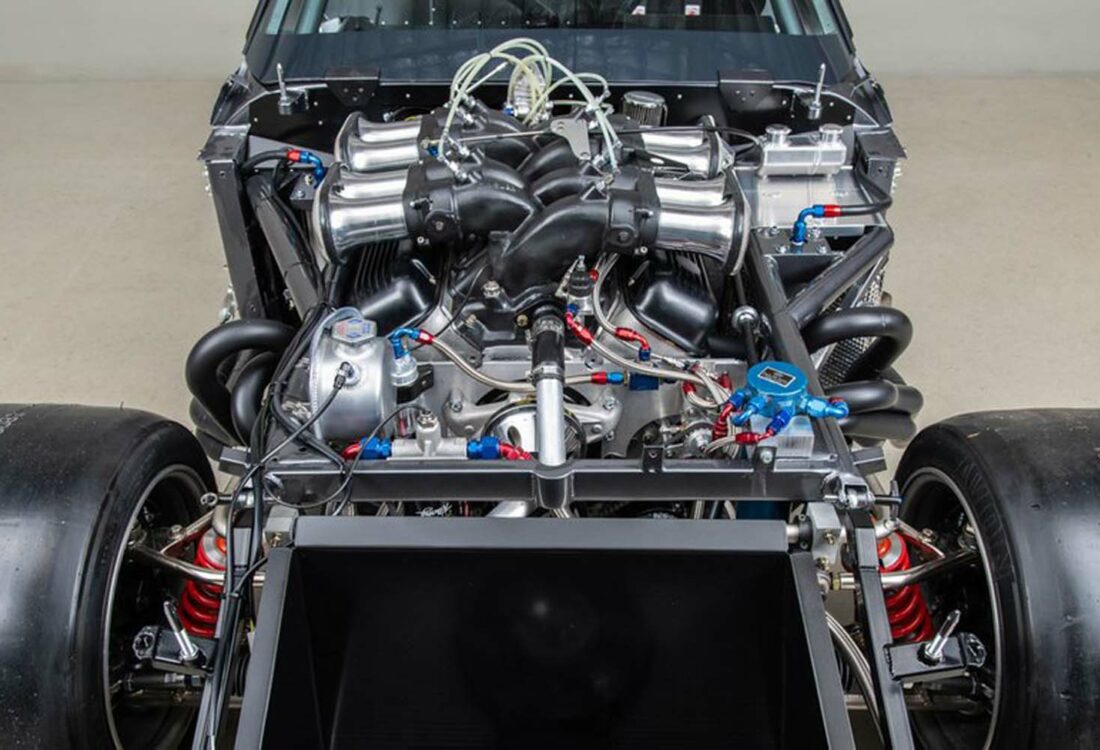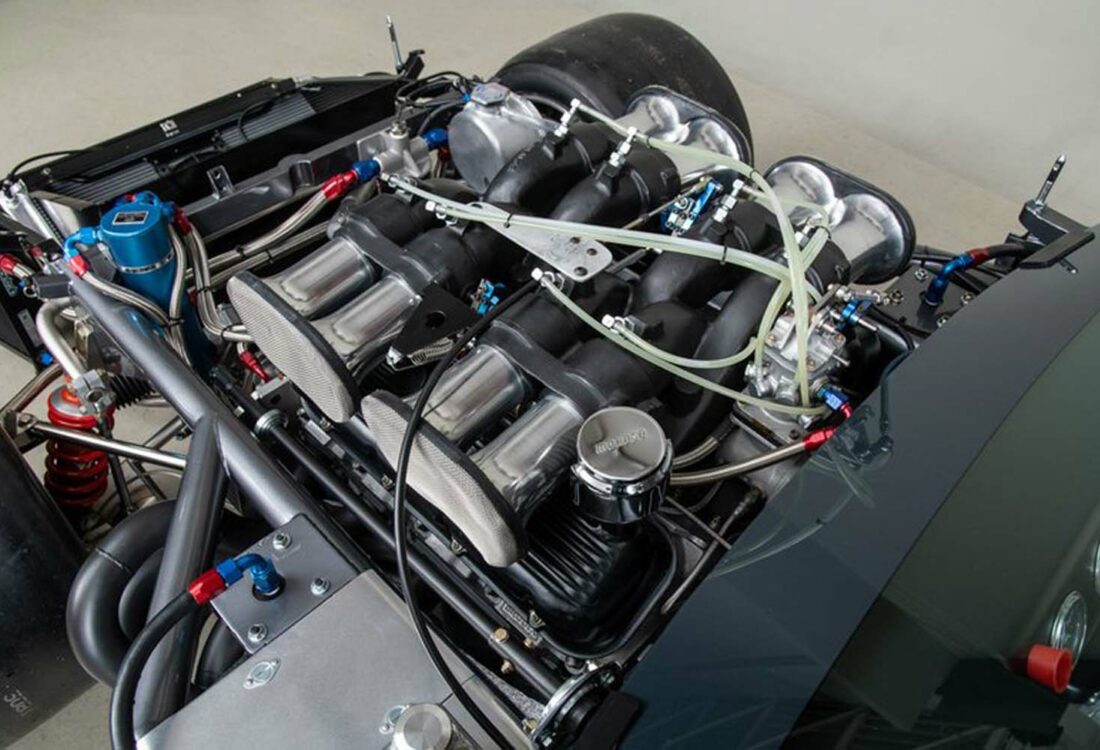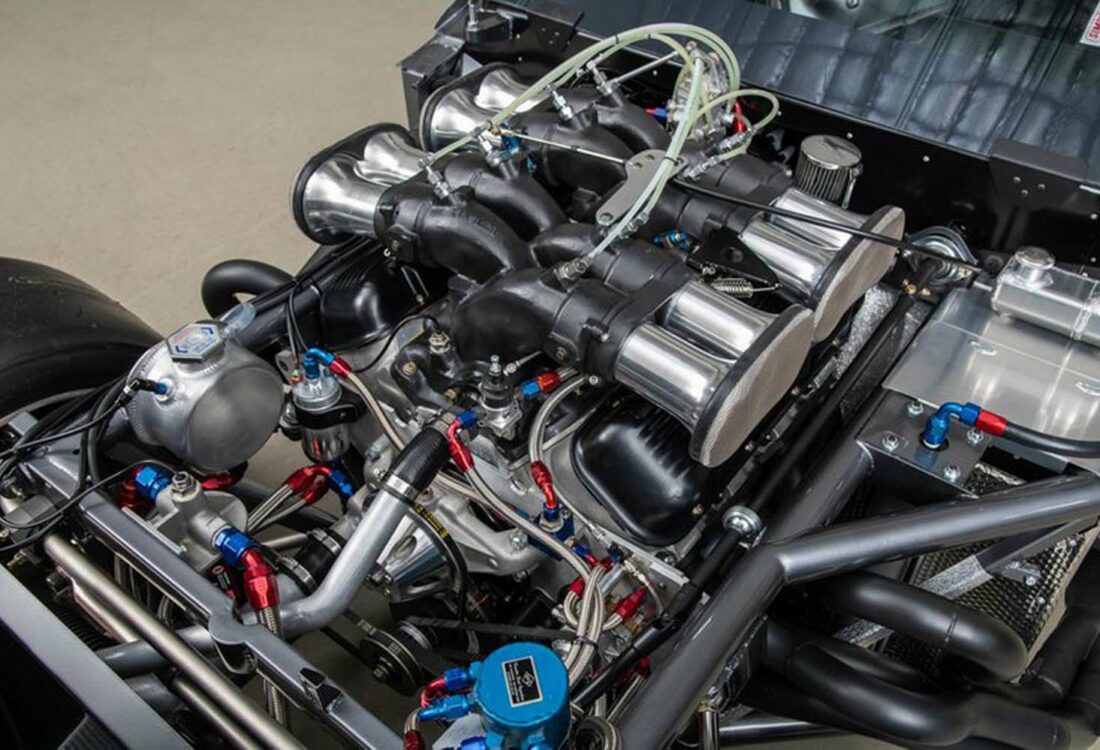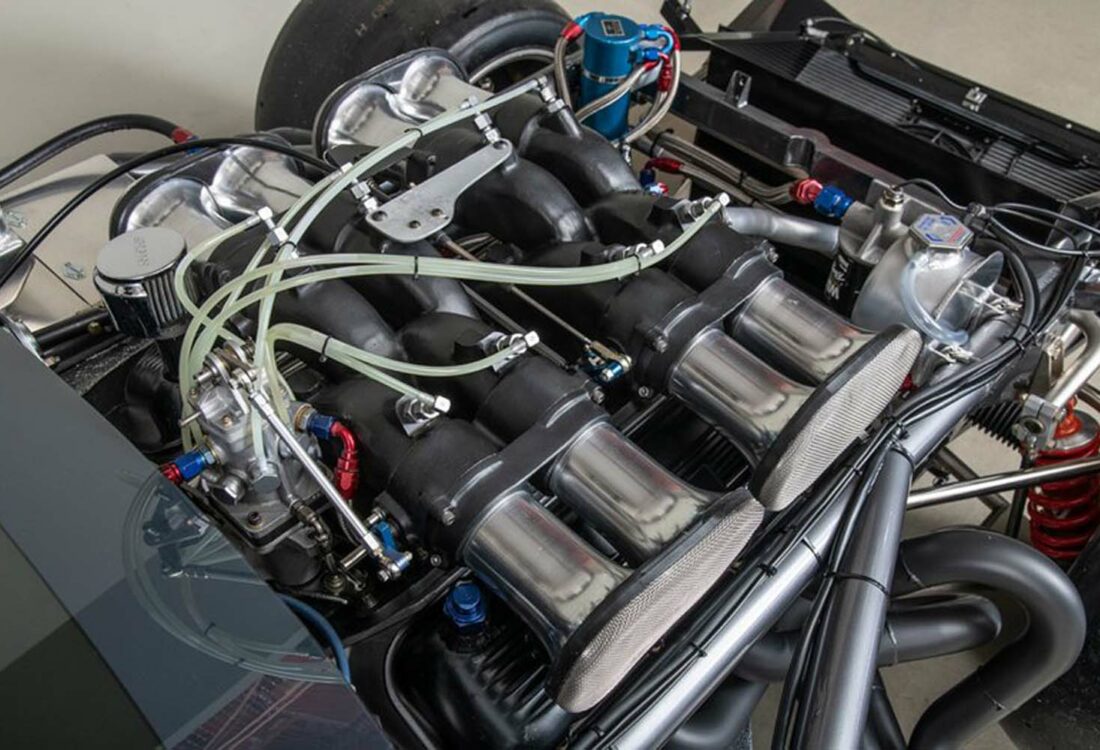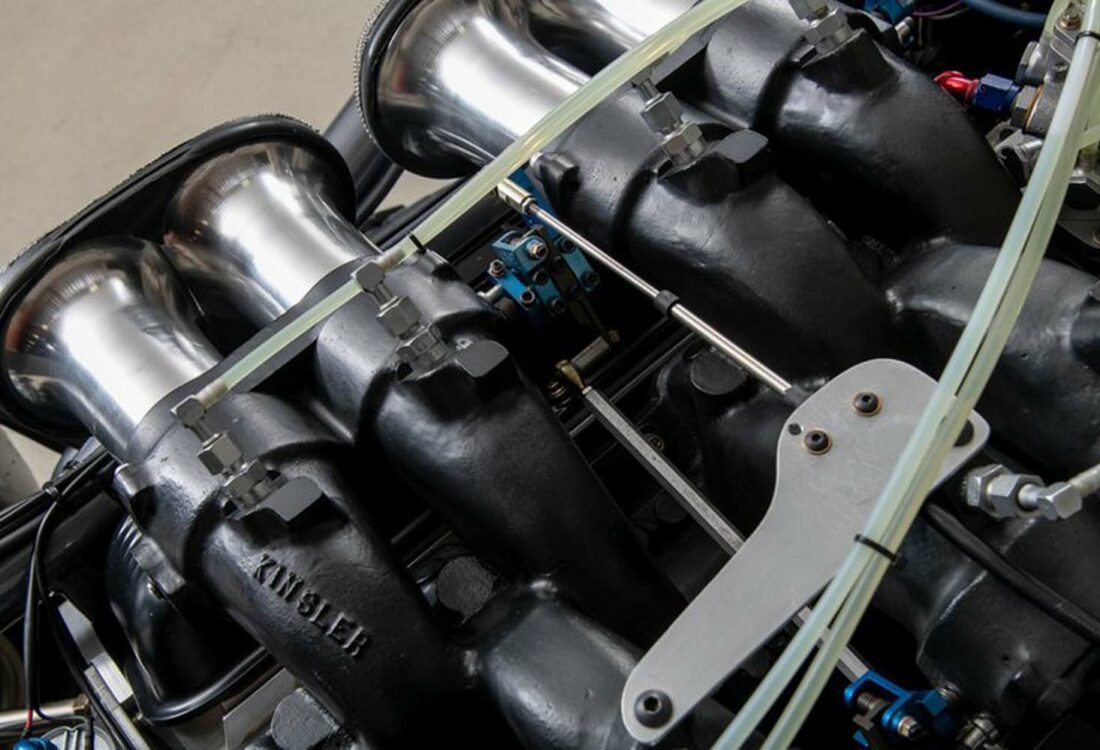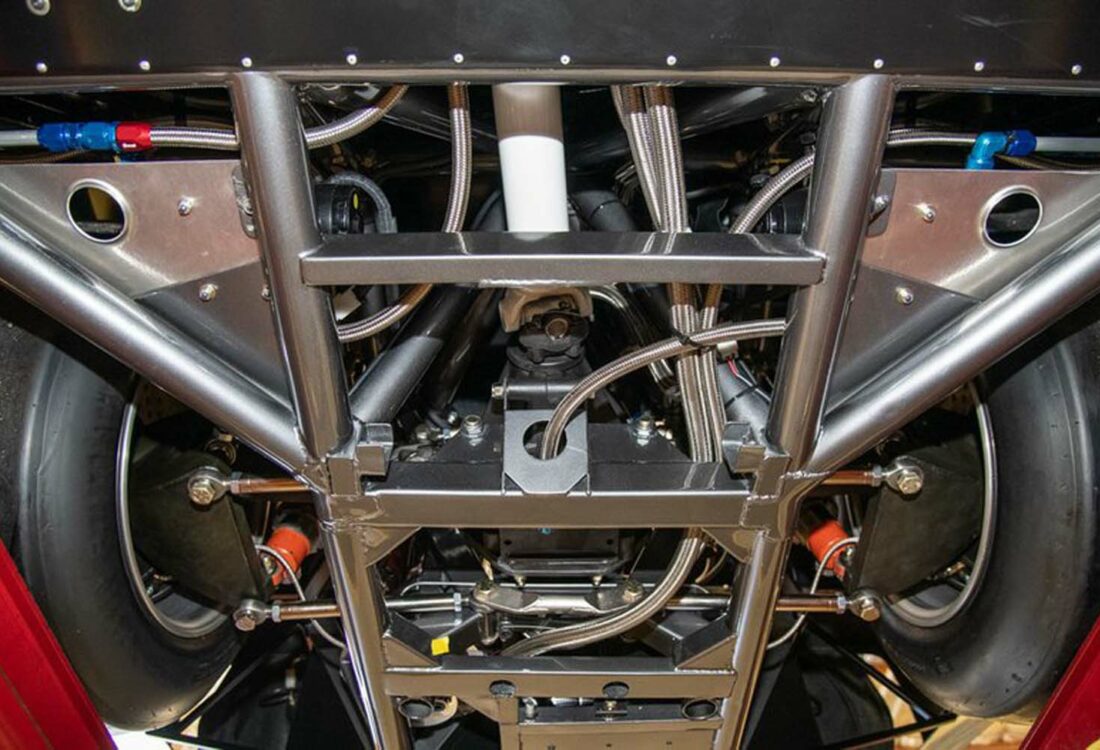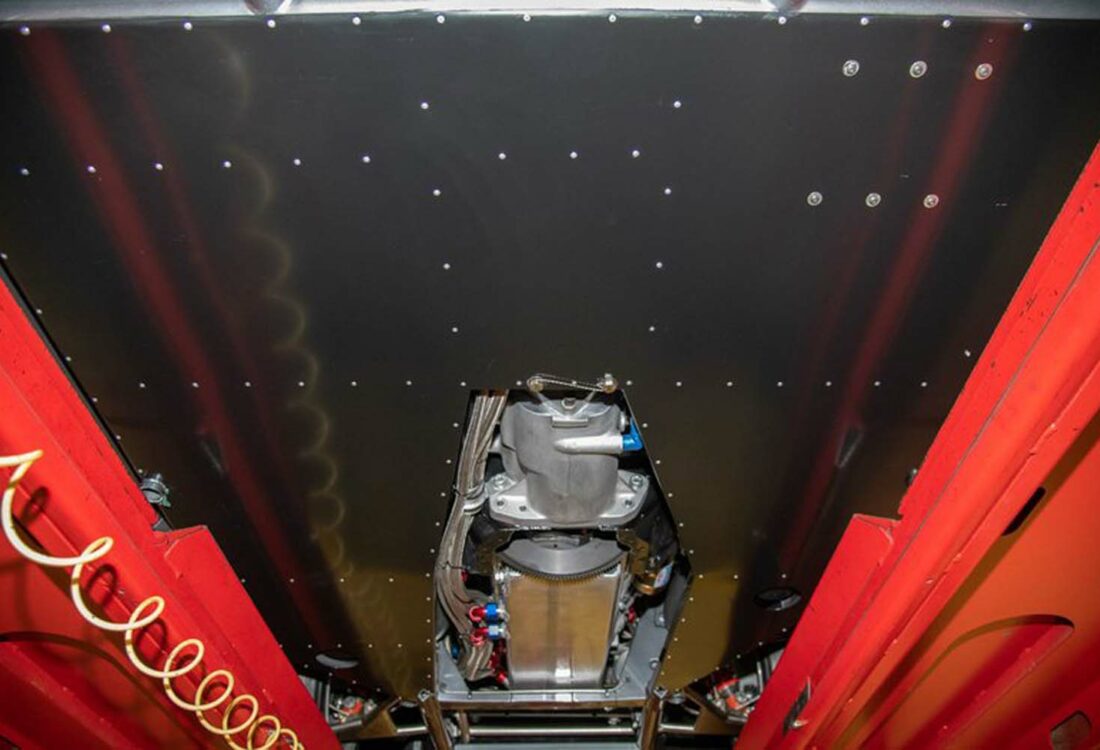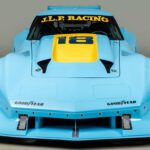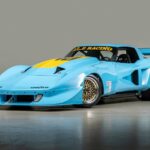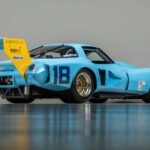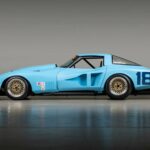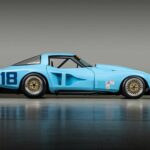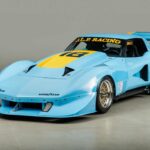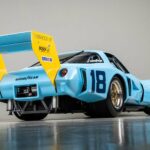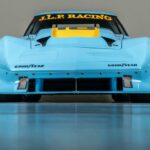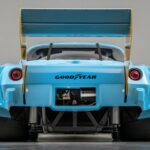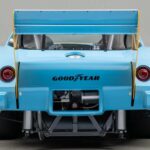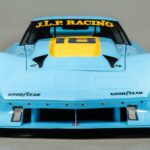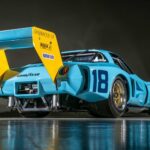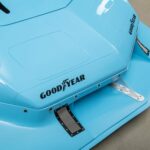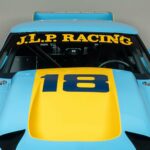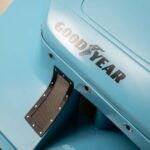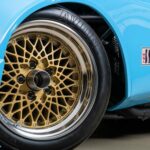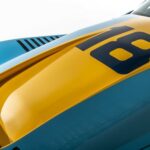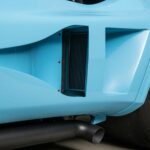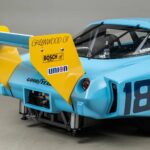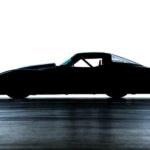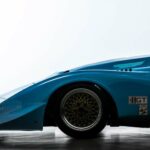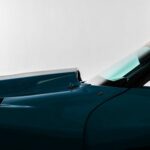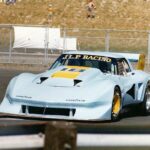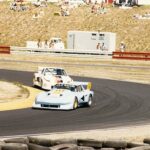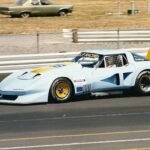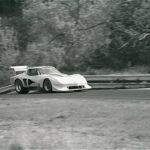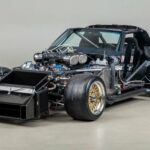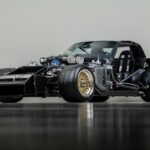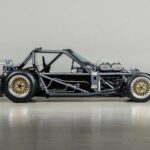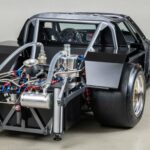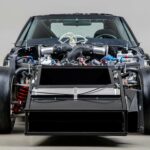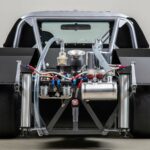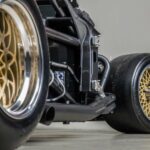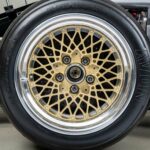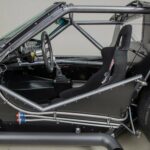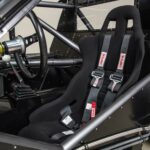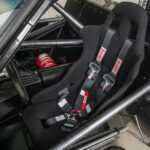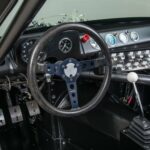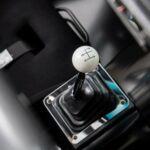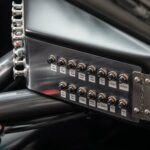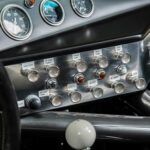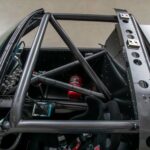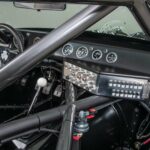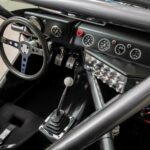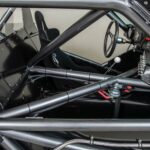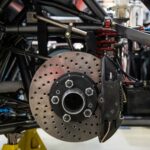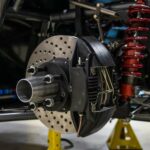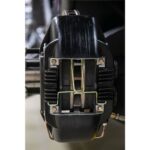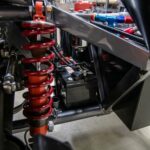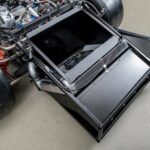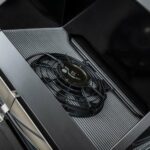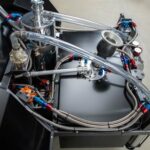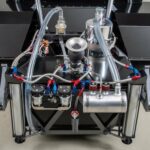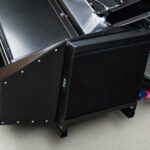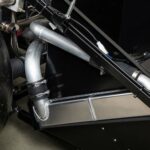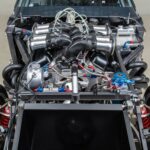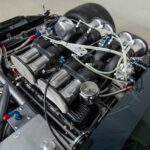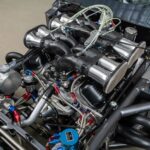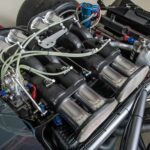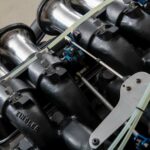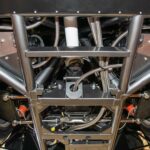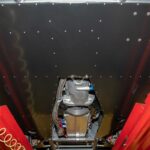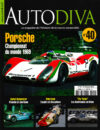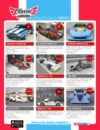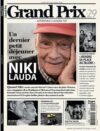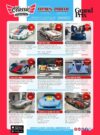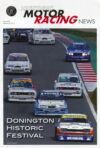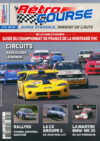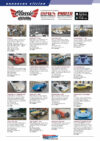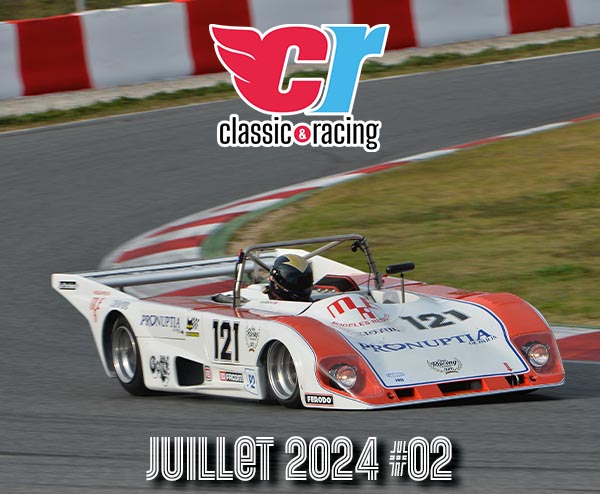
CHEVROLET CORVETTE IMSA « SUPERVETTE »
Les services + de Classic Racing
Bientôt disponible
Bientôt disponible
Avec leur puissance massive, leur carrosserie étonnante, les performances et le bruit d’une fusée, les Corvettes IMSA étaient parmi les voitures les plus impressionnantes de la série. Cette “Supervette” Greenwood, pilotée par le désormais tristement célèbre John Paul Sr. (JLP Racing), est l’un des deux châssis tubulaires jamais construits, et l’une des voitures les plus rapides de la catégorie IMSA. Une véritable menace constante pour la concurrence.
Elle a été entièrement restaurée par Canepa conformément aux spécifications IMSA de 1978, ce monstre à cadre tubulaire et aluminium conçu et fabriqué par l’équipe pré-Protofab est l’expression ultime d’une Corvette IMSA.
En 1976, l’IMSA a modifié son règlement GT pour permettre aux voitures à châssis tubulaire de concourir dans la série.
John Greenwood y a vu une opportunité majeure de concevoir et de construire la prochaine génération de Corvettes de course. Le designer Bob Riley a conçu le premier cadre tubulaire de la Corvette Greenwood, qui a été engagée en compétition pour la première fois en 1977.
Cette Corvette, COV002, est le deuxième et dernier châssis jamais créé, conçu par Riley et construit par l’équipe qui allait devenir Protofab.
Ces monstres à structure tubulaire n’étaient pas des voitures de course « ordinaires », mais de véritables photos.
Les cages et les châssis conçus par Riley étaient plutôt novateurs et nécessitaient de gros et coûteux tubes de 2” en chrome-molybdène. ILs étaient disposés en utilisant une triangulation extensive pour une résistance et une rigidité extrême. Le chrome-molybdène, bien que coûteux, est à la fois plus léger et plus résistant que l’acier. Le résultat se traduisait par des châssis extrêmement solides et rigides offrant une résistance comparable à celle d’un char d’assaut.
Après plusieurs saisons de course avec une Porsche Carrera RSR John Paul Sr. cherchait à se se démarquer, et une Corvette à cadre tubulaire Greenwood semblait lui convenir parfaitement.
Durant l’intersaison 1977-78, John Paul a acheté la deuxième corvette tubulaire à l’équipe Protofab après avoir discuté avec John Greenwood du potentiel de la solution Corvette. Peu de temps après, JLP Racing a récupéré le châssis conçu par Riley dans le Michigan et a assemblé la voiture à Lawrenceville, en Géorgie, où JLP Racing avait son siège. Afin de réduire la traînée et d’accroître la vitesse de pointe, la conception de la 002 a été modifiée par rapport à la première voiture. Elle a été construite plus étroite et dotée d’une carrosserie plus aérodynamique, créée par l’équipe de John Greenwood.
La Corvette de John Paul a été préparée dans son propre atelier et n’a pas utilisé les fabuleux moteurs Greenwood. Au lieu de cela, il choisi d’utiliser les gros blocs en aluminium de Don Nichols de Shadow Racing. L’un des noms les plus connus en Can-Am Racing. Ces gros blocs en aluminium « à l’épreuve des balles », construits par Lee Muir encaissaient allègrement plus de 800 lb de couple. Alimentés avec une injection mécanique Kinsler, ils déposaient souvent mes 750 CV au banc. Ce petit supplément de puissance (par rapport aux blocs Greenwook) associé à un châssis extrêmement performant faisait de cette Corvette une candidate permanente à la victoire.
John Paul a l’a pilotée lors de la saison IMSA de 1978. La première course était Road Atlanta, mais malgré une recherche et un développement permanent, il en put mettre un terme à la domination des 935. John Paul a eu son meilleur résultat à Hallett (2nd). À la fin de la saison 1978, JLP a décidé d’abandonner la Greenwood Supervette après une saison de course relativement réussie avec deux podiums et trois top 5.
John vendit la voiture à Tico Almeida et à Rene Rodriguez de T&D Racing, qui la pilotaient ensemble en 1980. La voiture apparut aux 24 heures de Daytona en 1981 avec John Greenwood comme pilote, mais la malchance le conduit à abandonner sur casse moteur.
La saison IMSA de 1982 a donné de bons résultats à l’équipe John Greenwood / T & R Racing. Après une solide mise à jour, la voiture a couru comme # 13 en GTO/IMSA avec des résultats impressionnants. Cependant, la compétition Porsche était féroce et l’équipe a décidé de retirer la voiture à la fin de la saison IMSA de 1982.
Cette corvette s’est frayée un chemin au travers de quelques collections avant d’arriver à Canepa. Initialement achetée pour la Collection Canepa, la décision a été prise de restaurer complètement la voiture aux spécifications IMSA de 1978, avec sa livrée JLP Racing.
La carrosserie bleue en fibre de verre a été soigneusement retirée et entreposée pendant que la majorité des travaux mécaniques étaient en cours. Tous les composants ont été retirés du châssis en chrome-molybdène, étiquetés et catalogués jusqu’au dernier écrou et boulon.
Tous les systèmes mécaniques ont été reconstruits, remis en état ou remplacés pour être dans un état meilleur que le neuf. Le moteur V8 tout en aluminium de 500 pouces cubes a été envoyé à Ed Pink Racing Engines, où il a été entièrement reconstruit pour dépasser les puissances en chevaux des moteurs de l’époque Can-Am.
Les systèmes de suspension et de freinage ont été démontés, contrôlés, vérifiés, passés aux rayons X, remis en état et ramenés à la spécification IMSA de 1978.
Les étriers de frein en magnésium, sont issus d’une Porsche 935 de l’époque, et sont uniques à cette Corvette.
De nouveaux panneaux en aluminium pour le châssis ont été refabriqués
Le châssis tubulaire ayant été dépouillé de toutes ses pièces, il a été sablé et percent à l’epoxy. Canepa a soigneusement traité toutes les parties du châssis et de la carrosserie qui nécessitaient une intervention avant de se rendre à l’atelier de carrosserie.
De nombreuses heures ont été consacrées au ponçage et à la préparation du tube en chrome-molybdène pour obtenir sa peinture métallisée grise emblématique, dont l’aspect est tout simplement renversant.
Une fois le châssis et la carrosserie terminés, la division Motorsport de Canepa a entrepris de réassembler la Corvette IMSA.
Cette Chevrolet Corvette de 1977, avec son châssis incroyablement innovant en chrome-moly, son moteur de l’ère Can-Am, pilotée par John Paul, de JLP, a été entièrement restaurée selon les normes rigoureuses de Canepa. Elle est désormais la Corvette incontournable de l’ère IMSA des années 70.
![]() On sale 1977 Chevrolet Corvette IMSA “SuperVette”
On sale 1977 Chevrolet Corvette IMSA “SuperVette”
VIN: C0V002
With big-block power, visually striking bodywork and with the performance characteristics (and noise) of a rocket ship, IMSA Corvettes were some of the loudest, brash and powerful cars to ever run in the series. This Greenwood “Supervette”, driven by the now infamous John Paul Sr. (JLP Racing), is one of two tube-frame chassis ever built, and was one of the fastest cars in IMSA and a constant threat to its competition. Fully restored by Canepa to its 1978 IMSA specifications, this aluminum big-block tube-frame bruiser designed and built by the pre-Protofab team is the ultimate expression of an IMSA Corvette.
In 1976, the IMSA sanctioning body changed the rules of road racing to allow full tube frame cars to compete in the premier North American Road Racing series. John Greenwood saw a major opportunity to design and build the next generation of racing Corvettes. Designer Bob Riley would engineer the first Greenwood tube frame Corvette, built and entered into competition for the first time in 1977. This Corvette, COV002, is the second and final chassis ever created, designed by Riley and built by the team that would become Protofab.
These tube-frame monsters were no ordinarily-built race cars. The Riley-designed cages and chassis were quite innovative, calling for large and expensive 2” chrome-moly tubing, using extensive triangulation for extreme strength. Chrome-moly, though expensive, is both lighter and stronger than mild steel, which paid major dividends with the completed design. The result was extremely strong and rigid frames that were built to tank-like strength.
With several seasons of racing a Porsche Carrera RSR now under John Paul Sr.’s belt, he was looking to upgrade in a major way and a mega horsepower tube-frame Corvette by Greenwood fit his bill. During the off season between 1977 and 1978, John Paul bought the second tube frame Corvette from the Protofab team after talking with John Greenwood about the potential of the Corvette package. Shortly afterwards, JLP Racing picked up the Riley-designed chassis in Michigan and assembled the car in Lawrenceville, Georgia were JLP Racing housed its home base. In an effort to reduce drag and increase top speed, the design of 002 was changed from the first car and was built with a narrower track and more aerodynamic bodywork, created by John Greenwood’s team.
John Paul’s Corvette was prepped in his own shop and didn’t use the Greenwood powerplants. Instead, he used the big-block all aluminum engines from one of the most recognizable names from Can-Am racing and in power numbers, Don Nichols of Shadow Racing. These bullet-proof aluminum big blocks, left over from the Can-Am days, were built by Lee Muir and reportedly had over 800lb/ft of torque on Shadow’s engine dynos. Armed with Kinsler mechanical fuel injection, the all-aluminum V8 engine was a horsepower monster, extremely capable and often pushing above the 750+ figure. This extra bit of power along with an extremely capable chassis made this Corvette a constant threat to the other competition on the track.
John Paul drove the car in the 1978 IMSA season, the first race being Road Atlanta, competing for overall wins in the premier GTX category. Ongoing research and development were constantly being performed due to the Porsche 935s dominance at the time and the target to beat. John Paul had his best finish with 2nd overall at Hallett. At the end of the 1978 season, JLP retired the Greenwood Supervette after a reasonably successful season of racing with 2 podiums and three top 5 finishes.
John sold the car to Tico Almeida and Rene Rodriguez of T&D Racing, who would race the car together once in 1980. The car appeared in the 1981 Daytona 24 Hours with John Greenwood as the driver, but bad luck would strike and an engine failure ended its ’81 24 Hours.
The 1982 IMSA season produced strong results for the John Greenwood/T&R Racing team. The car ran as #13 with the updated GTO body style the entire season in IMSA’s GTO class with impressive results. However, Porsche competition was fierce and the team retired the car at the end of the 1982 IMSA season.
This Corvette would find its way through a few collectors before arriving at Canepa. Originally purchased for Canepa’s inventory, the decision was made to fully restore the car to its former and proper JLP Racing livery. With the decision to restore the Corvette to IMSA-spec of 1978, the concours-level restoration began on one of the most unique racing Corvettes to ever grace the IMSA series.
The blue fiberglass bodywork was carefully removed and stored away while the majority of the mechanical work was underway. Each and every component was removed from the chrome-moly chassis, labeling and cataloging each item down to the last nut and bolt. Parts needing replating were sent out, pieces needing new paint were addressed and mechanical components needing replacing were fabricated to the highest degree. All mechanical systems were either rebuilt, refinished or replaced to be in better-than-new condition. The all-aluminum 500 cubic inch V8 engine was sent down to Ed Pink Racing Engines where it was completely rebuilt to eke out every horsepower from the former Can-Am era powerplant. Suspension and brake systems were disassembled, crack checked, x-rayed, refinished and brought back to the IMSA-spec of 1978. Unique to this Corvette are the magnesium brake calipers, borrowed from the Porsche 935 in period. New aluminum panels for the chassis were fabricated and powder coated black. With this concours-level restoration, nothing was left untouched.
With the tube-frame chassis now stripped down of all its parts, the entire chassis and body work were then stripped of their remaining paint. Canepa thoroughly addressed any parts of the chassis and body work that needed attention before heading to the body shop. Countless hours were spent on sanding and prepping the chrome-moly tubing for its signature grey metallic paint, which is stunning to see in person. The long and swooping blue body work received the same thoughtful treatment with new bright baby blue paint. The hood and rear wing, the most standout features of the car, were painted bright JLP Racing yellow. Once the frame and body were finished, Canepa’s Motorsport division went to work on reassembling the IMSA Corvette. Over the course of many months, the baby blue IMSA racer began to take shape. With components slowly reinstalled, the car began to take on its original form and return to its former 1978 glory. With all components now assembled onto the car, the final fitment of the bodywork gives the Corvette it’s menacing stance, hiding the trick chassis underneath the sculpted fiberglass body.
This 1977 Chevrolet Corvette, with its astoundingly-innovative chrome-moly chassis, Can-Am era powerplant, driven by JLP’s own John Paul to success in the 1978 season and fully restored to the exacting standards of Canepa, is now the must-have Corvette from the 70’s IMSA era.
RACE HISTORY
1978
Road Atlanta 5th. John Paul
Laguna Seca 8th. John Paul
Hallett 2nd. John Paul
Lime Rock 3rd. John Paul
Brainerd 34th. John Paul
Daytona 250 51st. John Paul, Michael Keyser
Sears Point 19th. John Paul
Portland 17th. John Paul
Road Atlanta 23rd. John Paul
1978 Manufacturer Champion Camel GT Challenge All-American GT Division
1979
12 hr Sebring 53rd. Tico Almeida, Rene Rodriguez
1980
12 hr Sebring 68th. Tico Almeida, Rene Rodriguez, Gabriel Riano
1981
Daytona 24 hr, DNS John Greenwood
1982
Road Atlanta 14th OA, 9th in GTO, Rene Rodriguez
6 hr Riverside DNF John Greenwood
Laguna Seca 7th OA, 2nd in GTO, Rene Rodriguez
Charlotte DNF John Greenwood
Mid-Ohio 6th OA, 2nd in GTO Rene Rodriguez
Lime Rock 9th OA, 3rd in GTO, Rene Rodriguez
Daytona 250 DNF John Carusso, Rene Rodriguez
Brainerd DNF Rene Rodriguez
Portland DNF Rene Rodriguez
Road Atlanta 5th OA. 1st GTO, Rodriguez, Greenwood
Pocono DNF Rene Rodriguez, John Greenwood
3 hr Daytona DNF Rene Rodriguez, John Greenwood
Disclaimer: The above vehicle information is complete and accurate to the best of our knowledge at the time it is posted to this website. Corrections or additional information is always appreciated. All advertised prices exclude government fees and taxes, any finance charges, any dealer document preparation charge, and any emission testing charge. Vehicles are subject to prior sale. All advertised to be true but not guaranteed. We assume no liability for errors or omissions.
Passeports techniques
| Passeport | ASN | Numéro | Extrait |
|---|---|---|---|
| Passeport Technique (3 volets) | 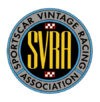 | ||
| Passeport technique international (PTH) |  |
